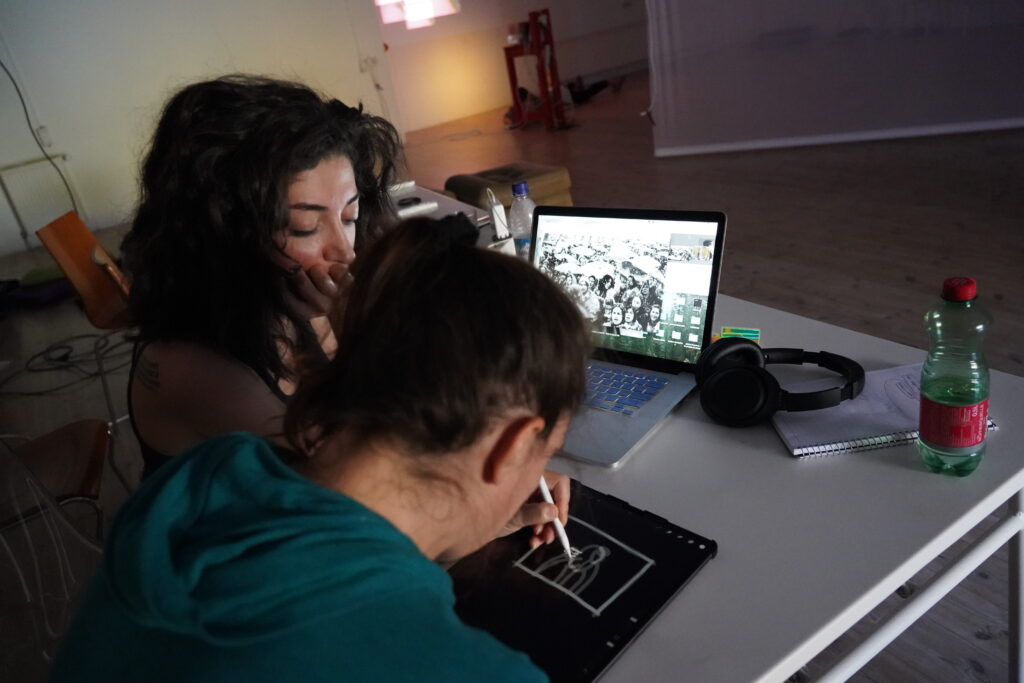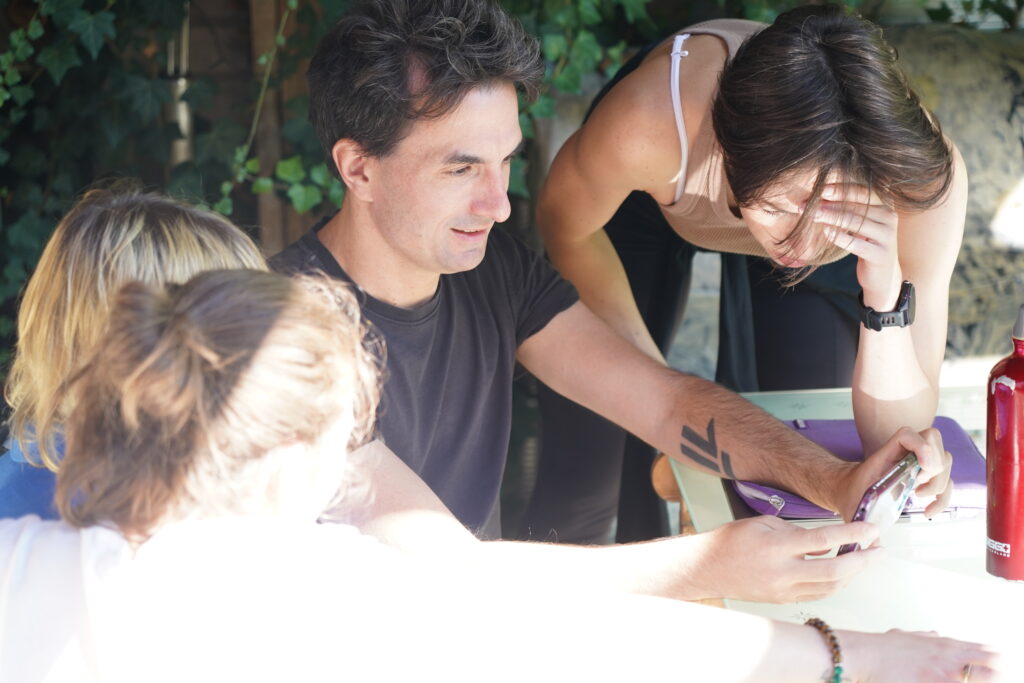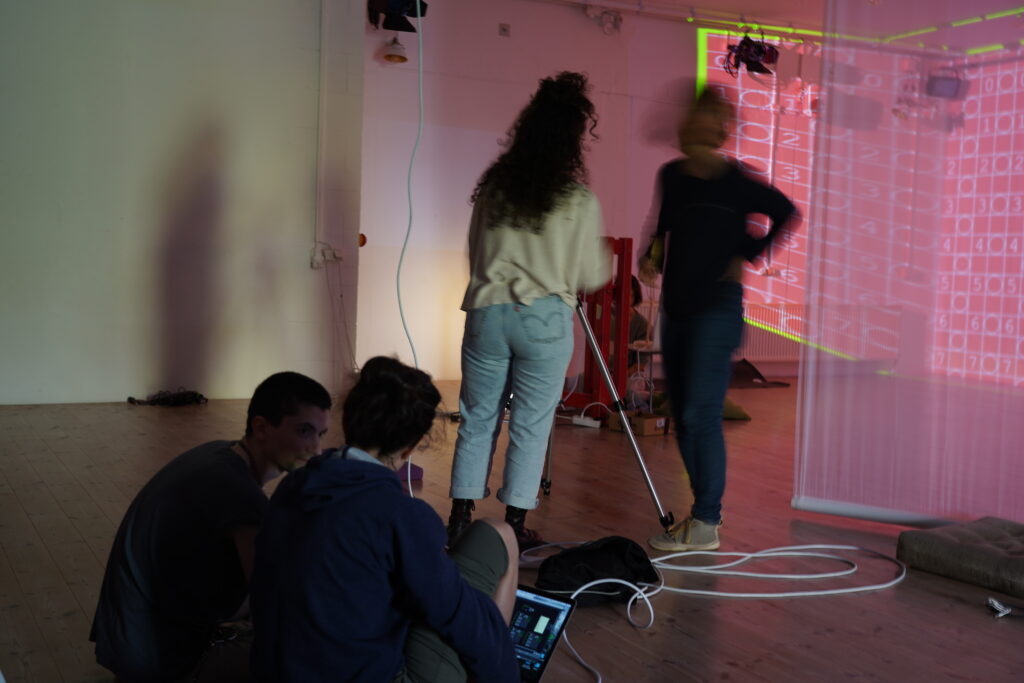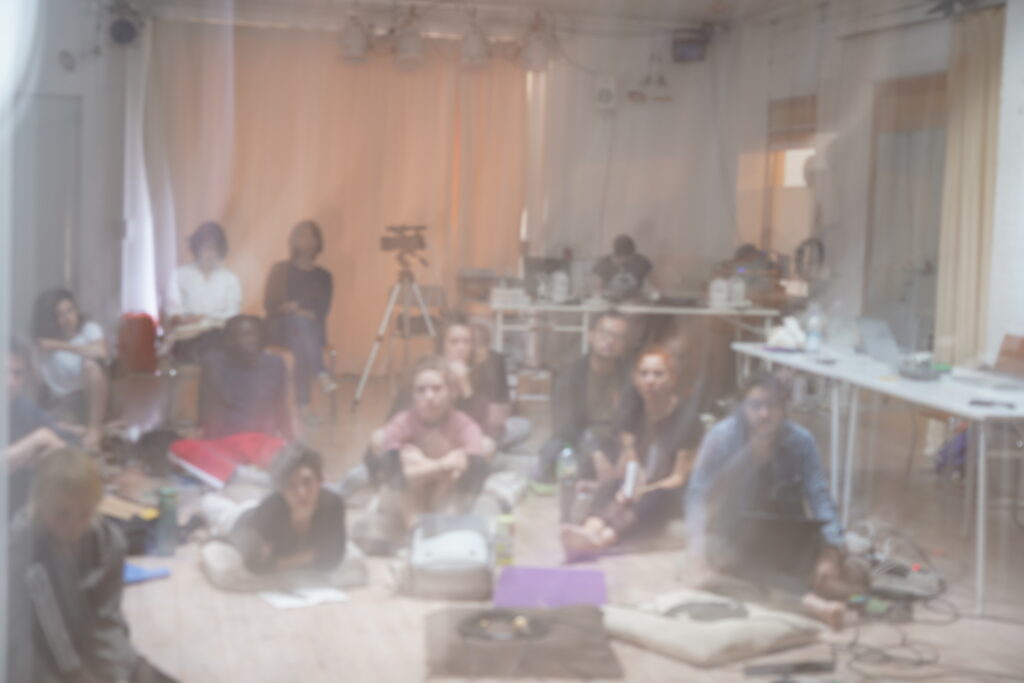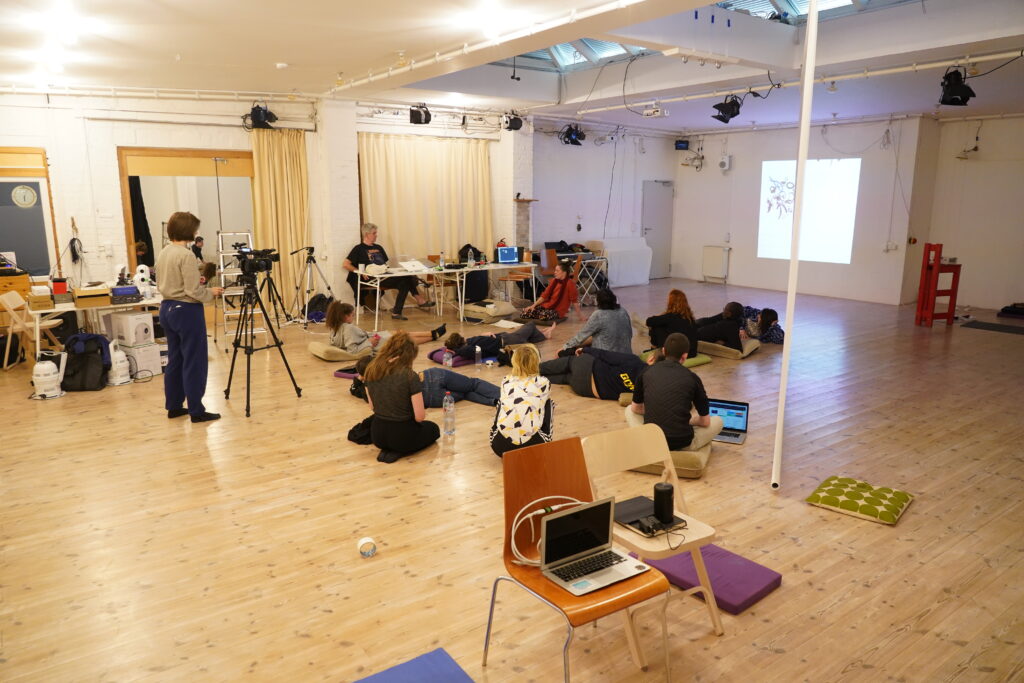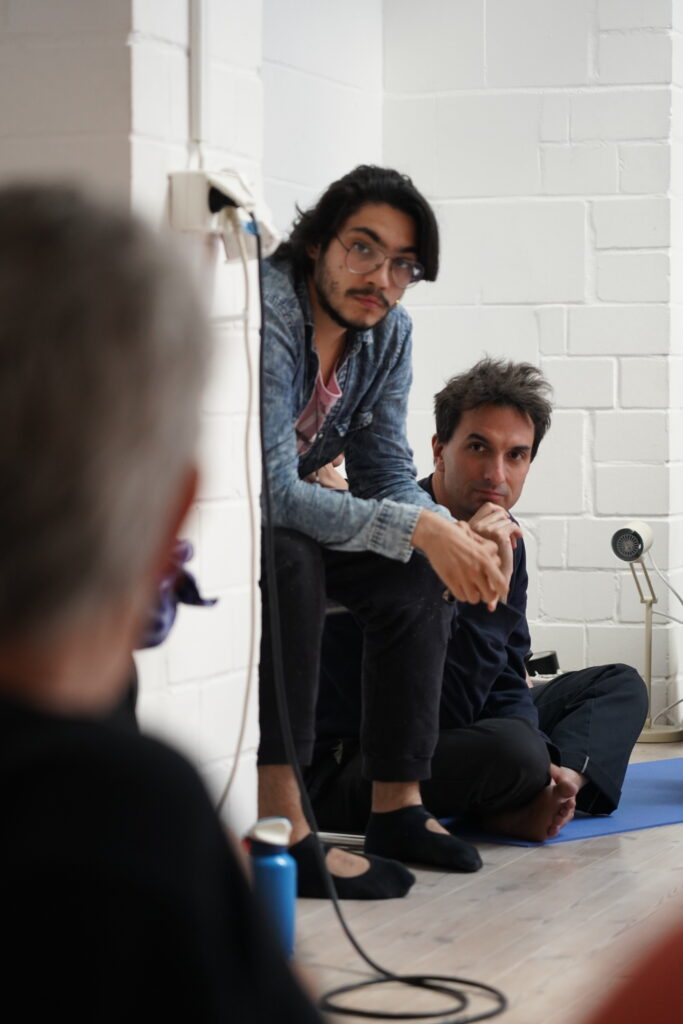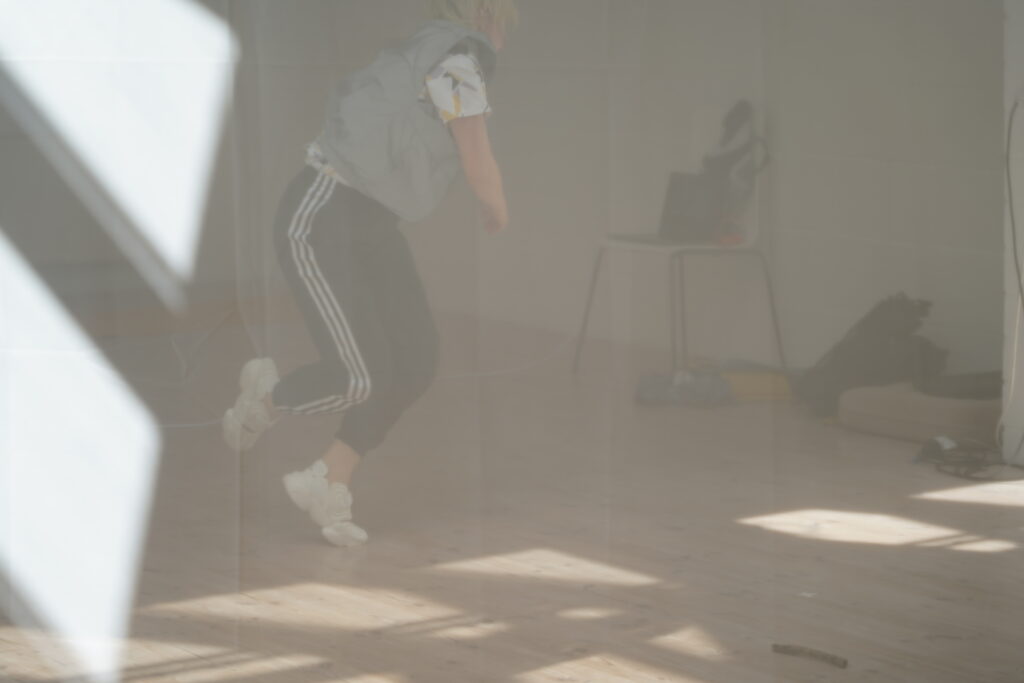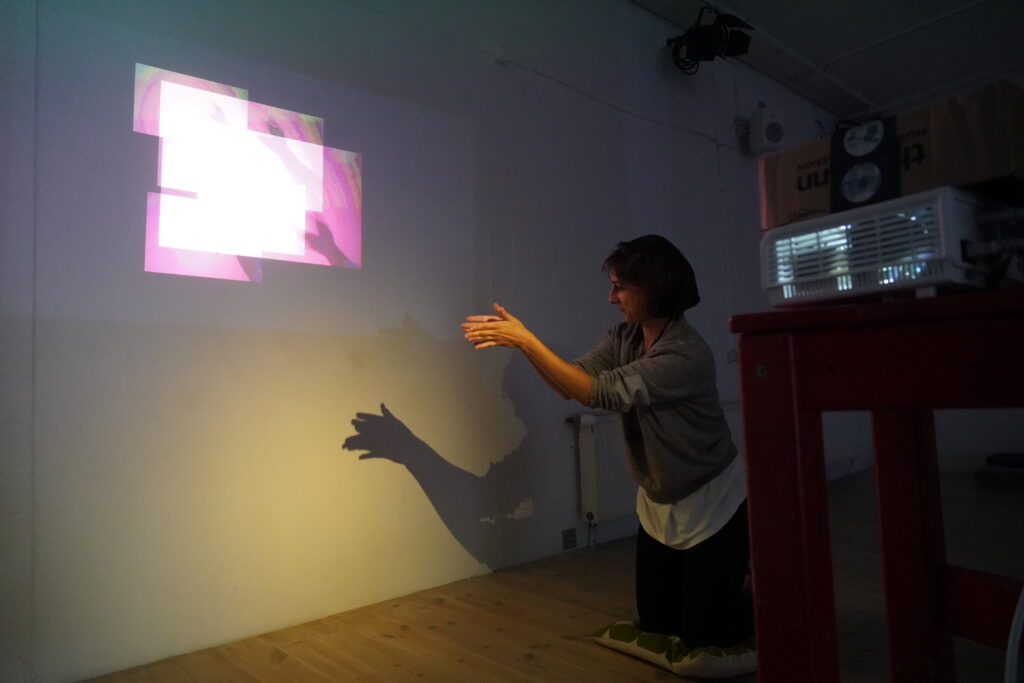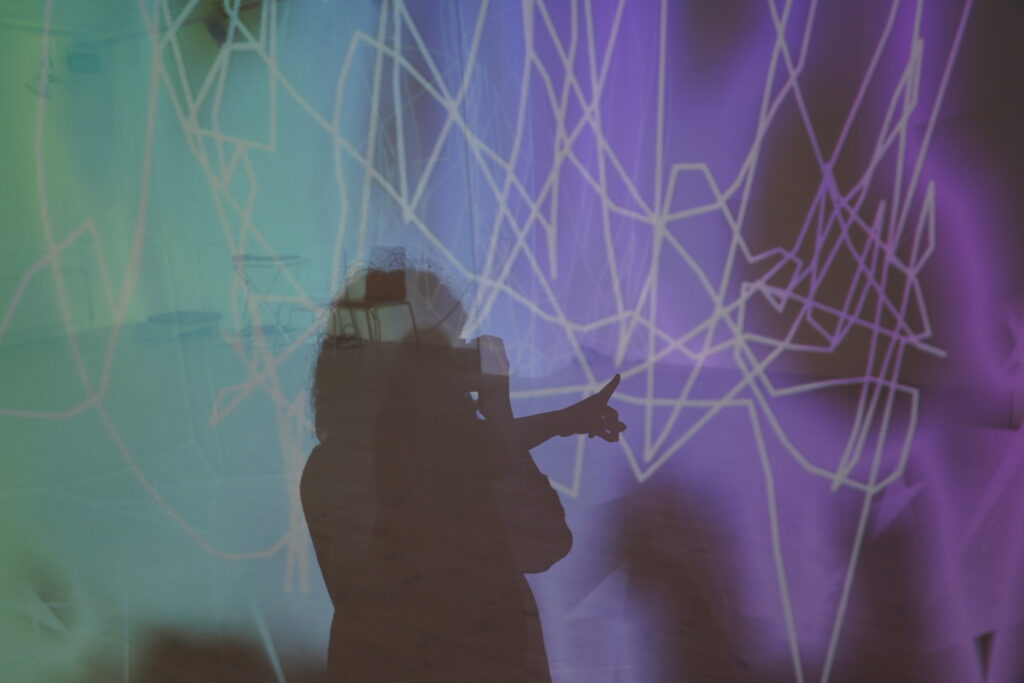
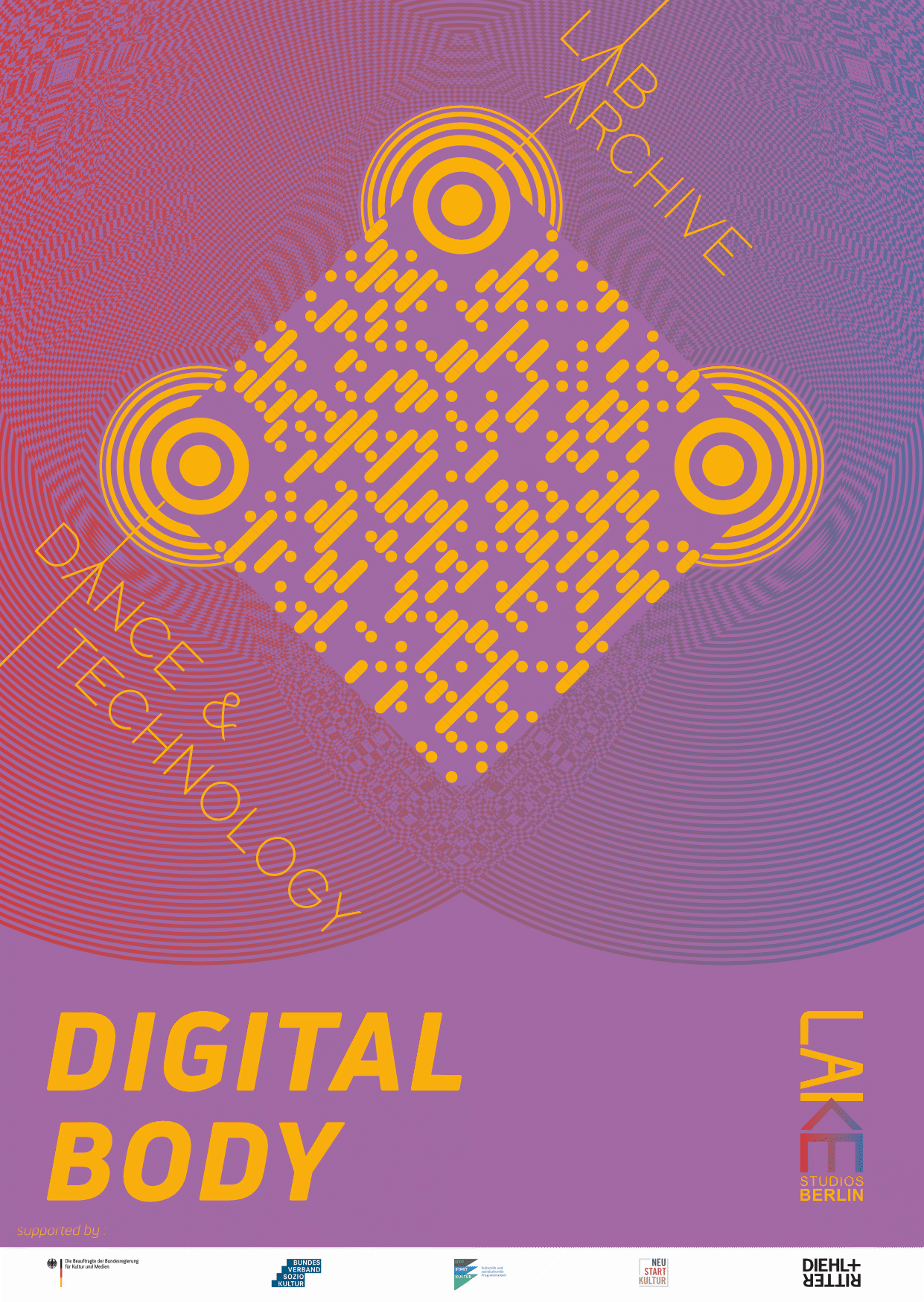
- This event has passed.
Digital Body Lab no.2: INTELLIGENCE & FORM
Aug 18th 2022 – Aug 31st 2022
Welcome to the second Digital Body Lab blog! This page will be updated regularly during the duration of the Lab — follow our process of research and discovery in real time, or after the Lab in archive form!
A few of the questions and prompts for thoughts we asked ourselves during the Lab:
About the topic of the lab/residency:
- What is intelligence? What is form?
- Can we understand somatic intelligence as a form of knowledge?
- Is form only a way to understand something within its context, or is it the idea being put into shape?
- How many different forms of intelligence are there? What about neurodivergence and other non-typical forms thinking and perception?
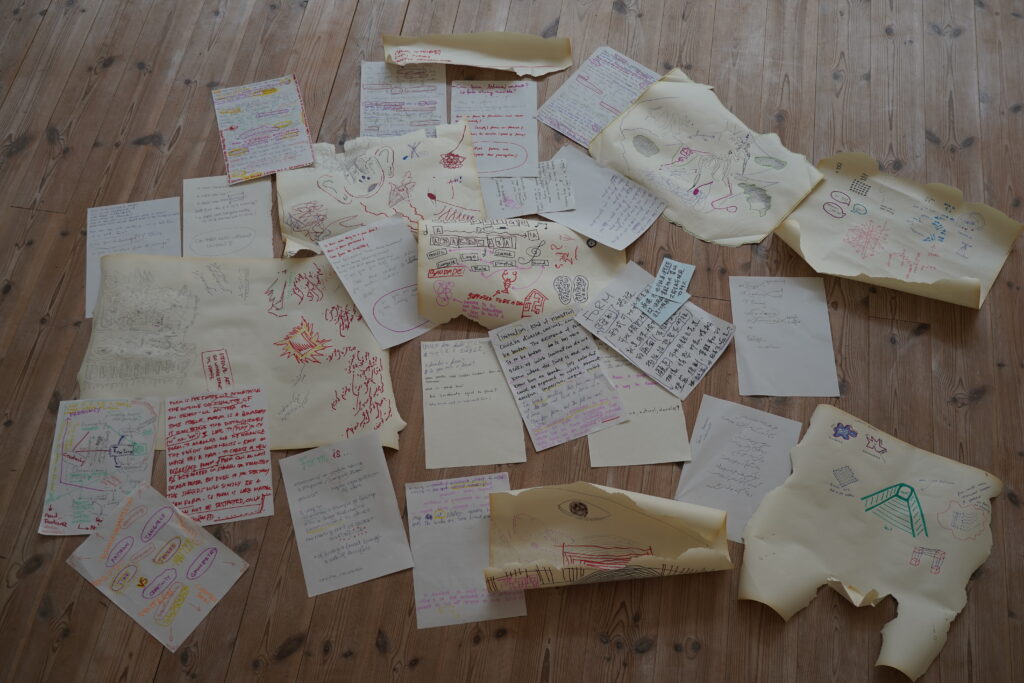
Ethical questions about AI:
- Where lies the ownership of work that is created with an AI that uses training data from internet scrapes?
- What is the carbon footprint of a work made with AI (servers, internet, processing of data)?
- Does an image generating AI end up only producing work that we judge as “pleasing”?
- Does attention become our currency?
- AI is owned by big corporations – are we helping those corporations to gain more power by feeding the AI with our information? (e.g. in terms of copyright but also financially)
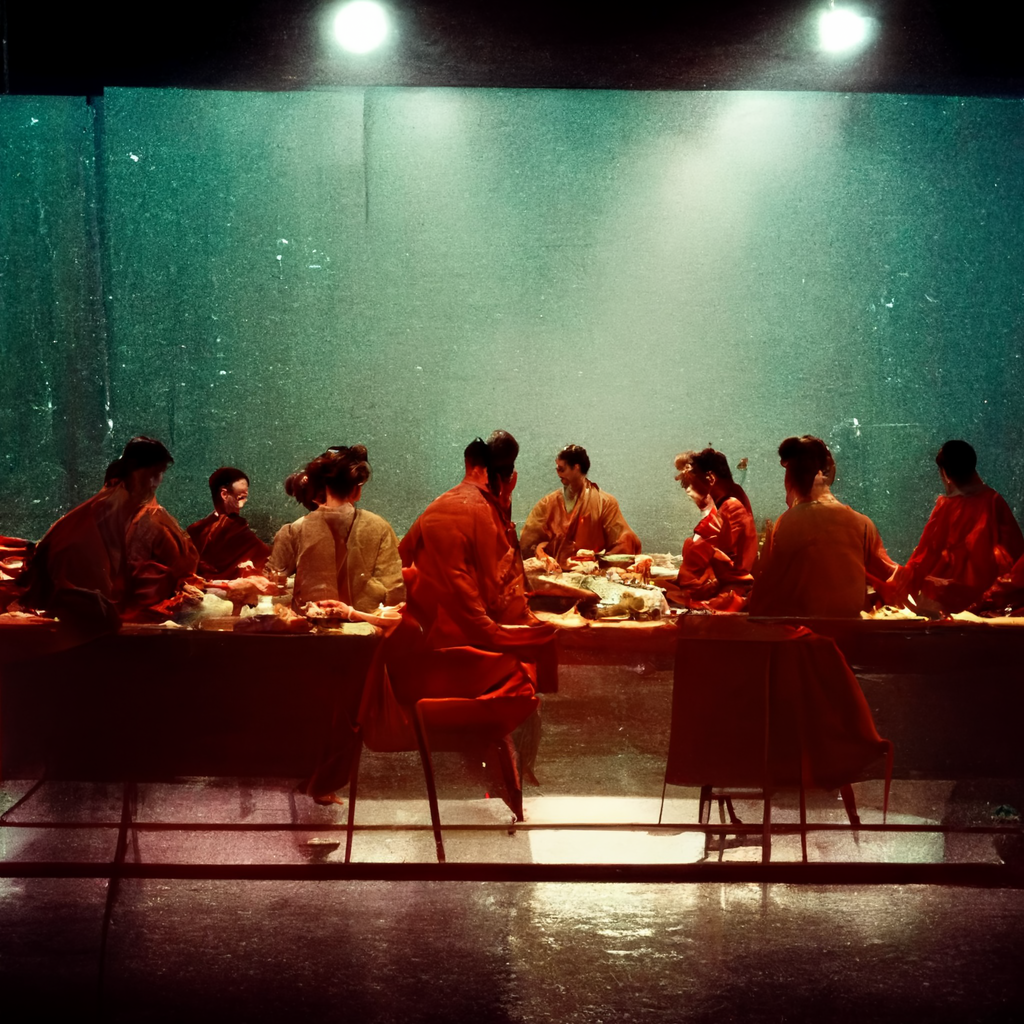
Why as artist do we or should we use technology?
- Principle of “no technology before need” (as suggested by TroikaRanch)
- Can we tailor the technology we want to see by creating artwork that uses/misuses tech that is available to us?
- Talking about technology and our struggles with it asks us to use said technology. How do we balance speaking about the human body vs. a machine?
- How, as a performer, can I be in power of the technology that I use and not have to depend on others to solve technical issues?
- What is the impact of the technology we use in terms of ecological issues? Can we find balanced ways to talk about our modern day perception of technology, its use/function, its benefits and disadvantages by using it in ethical ways and considering carefully where we really need it?
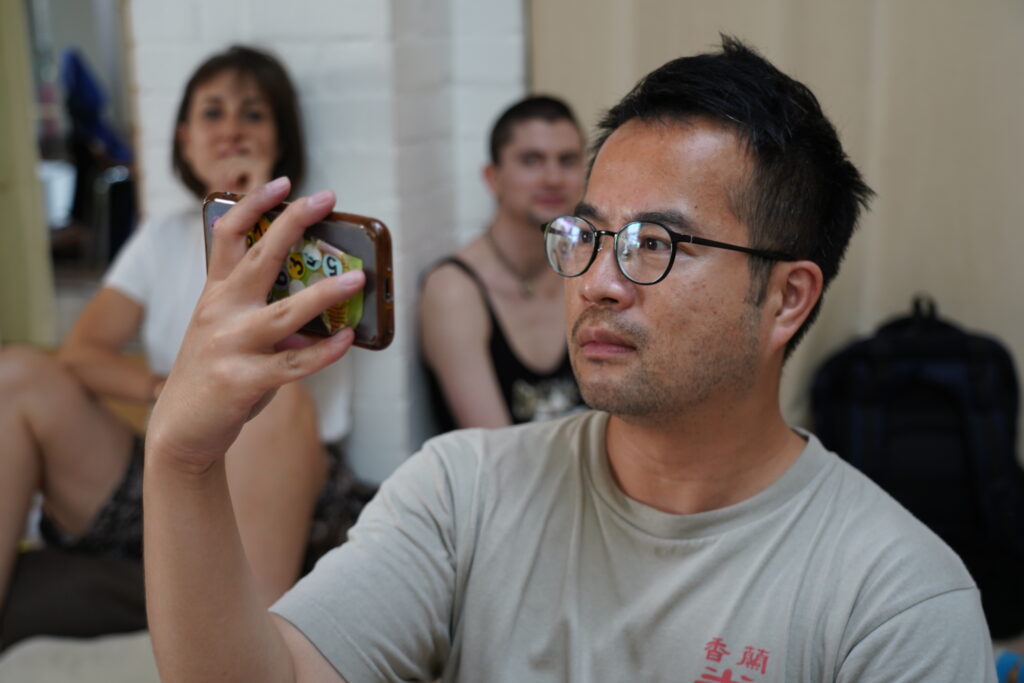
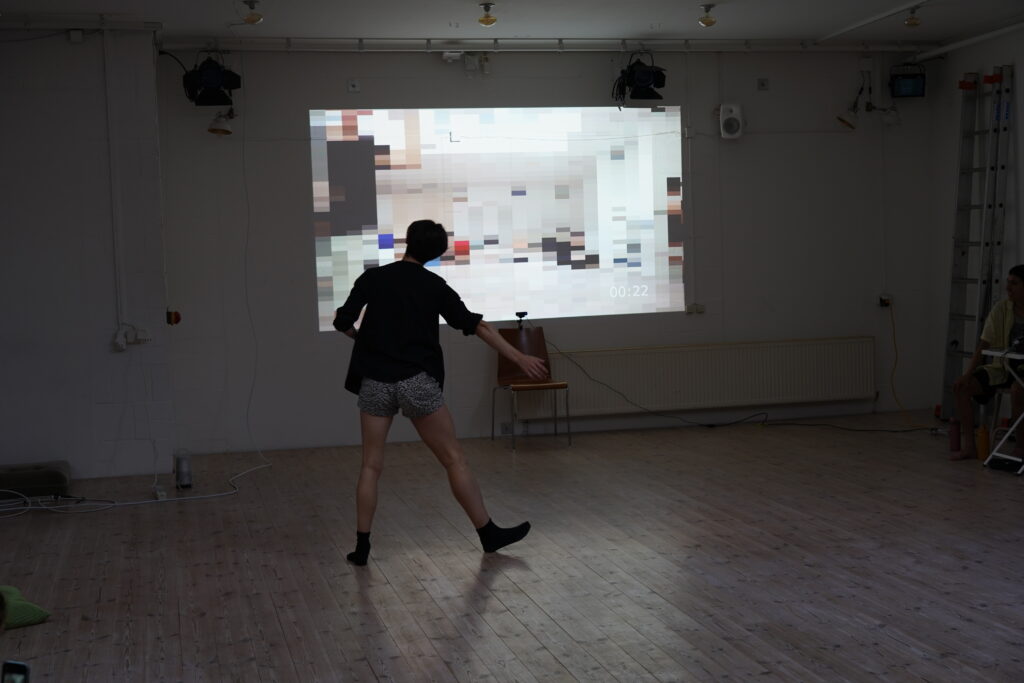
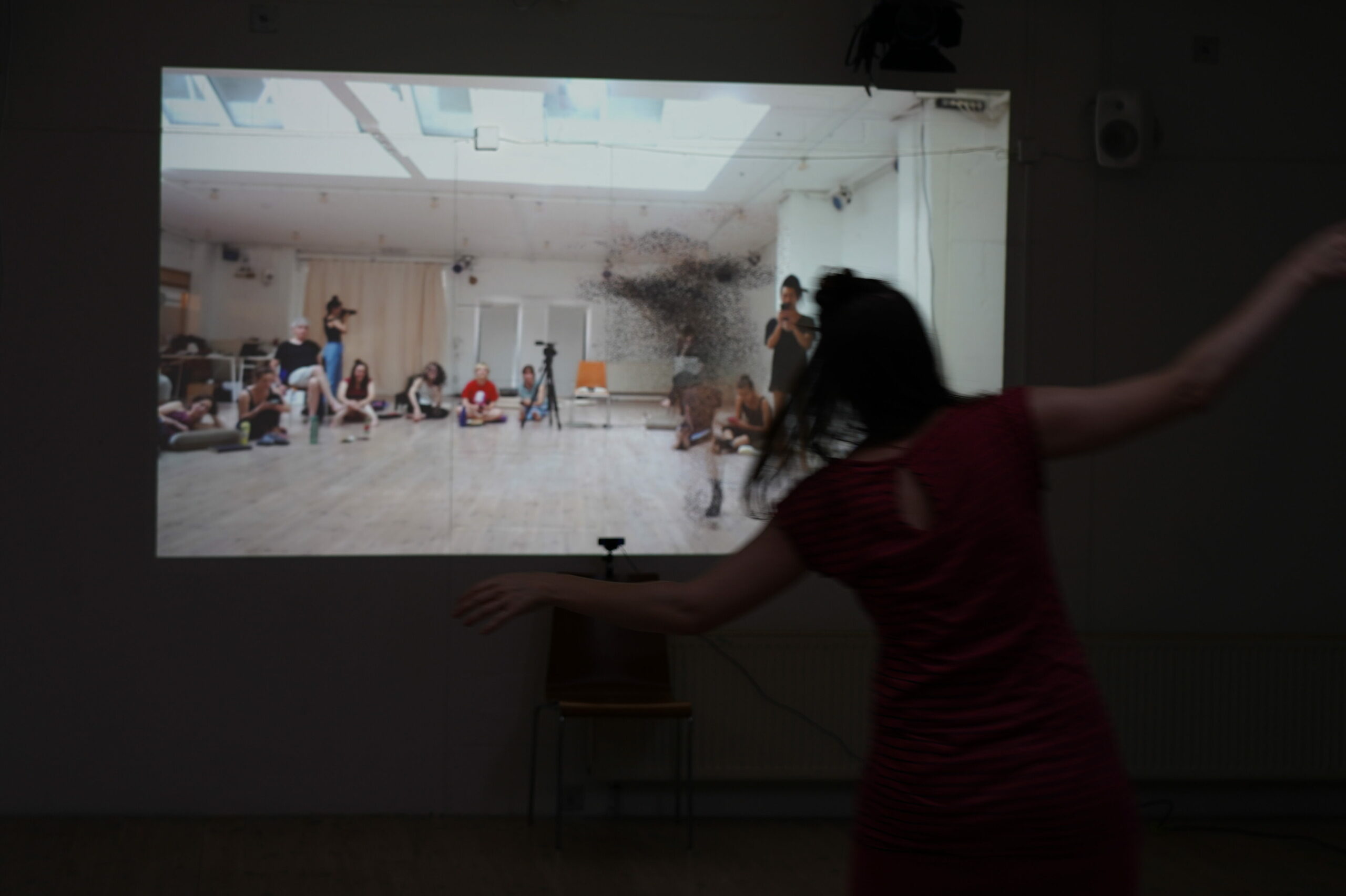
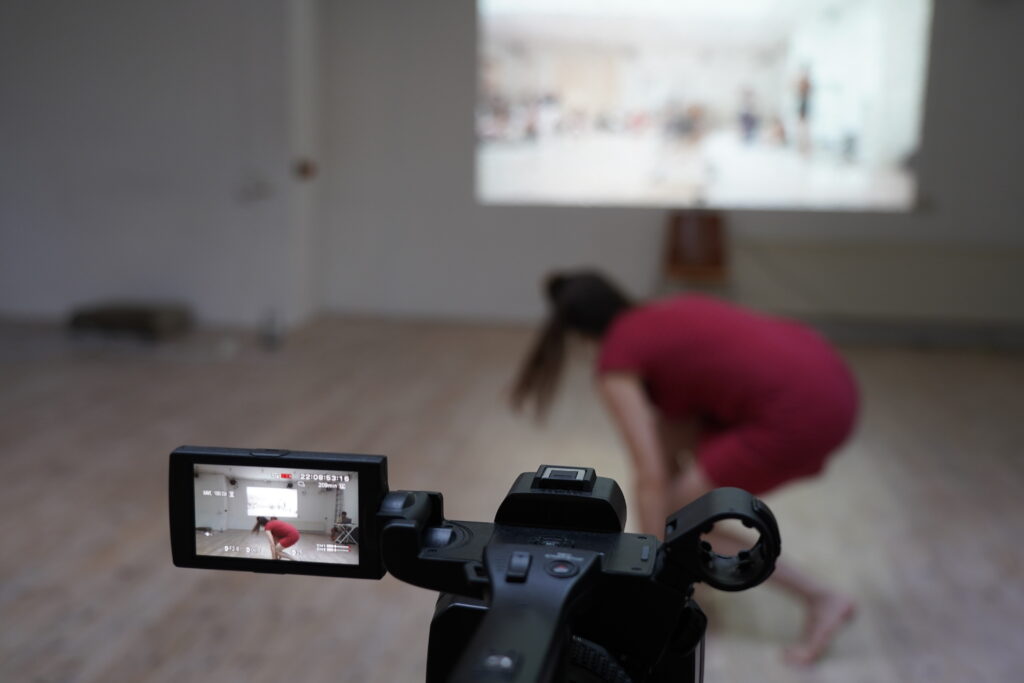
Below, you’ll find a more detailed description of what happened during the days of the lab…
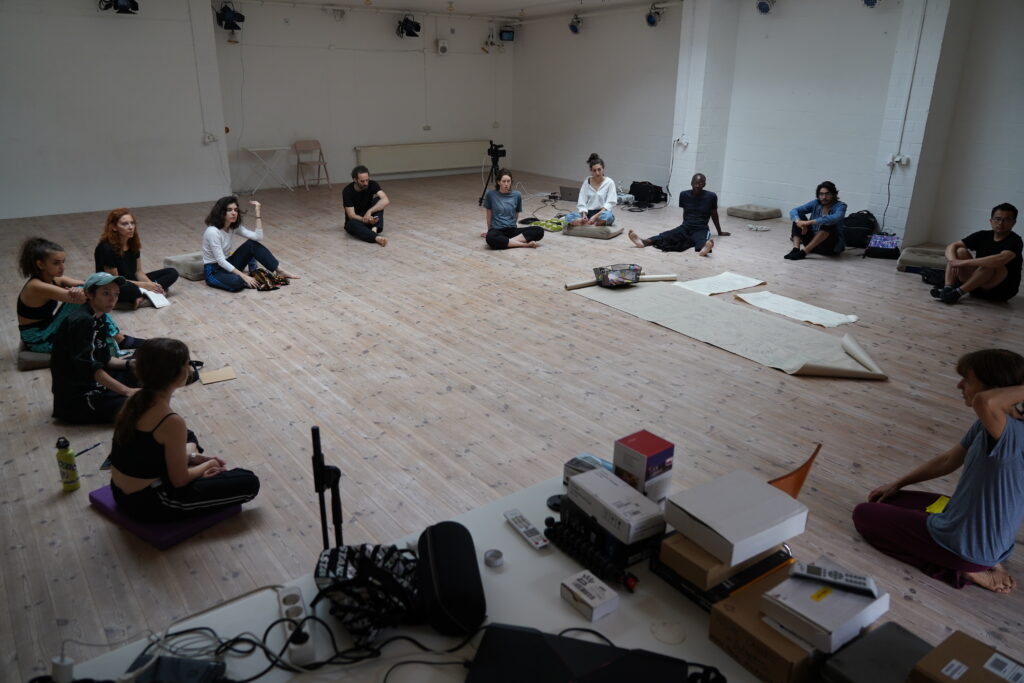
It’s only been a few days since the welcoming circle and the meeting of this year’s new participants on the first day, where each of us briefly tried to summarize what has happened for our artistic practice since the Digital Body Lab #1. We shared ideas, intentions, reflections and inspirations about where we are and where we want to go in the next 10 days. Then we directly jumped into a lively and intense discussion, attempting to define what intelligence means, and how we can define it in the context of current realities and in the context of working with media and performance. A lot of questions arose around the creation of value in capitalist societies that is attached to the common perception of what intelligence might mean. Finding definitions that inspire us to question the word and its definition in all its forms – shadow aspects, as well as the positive impulses it can give us to move forward from the status quo.
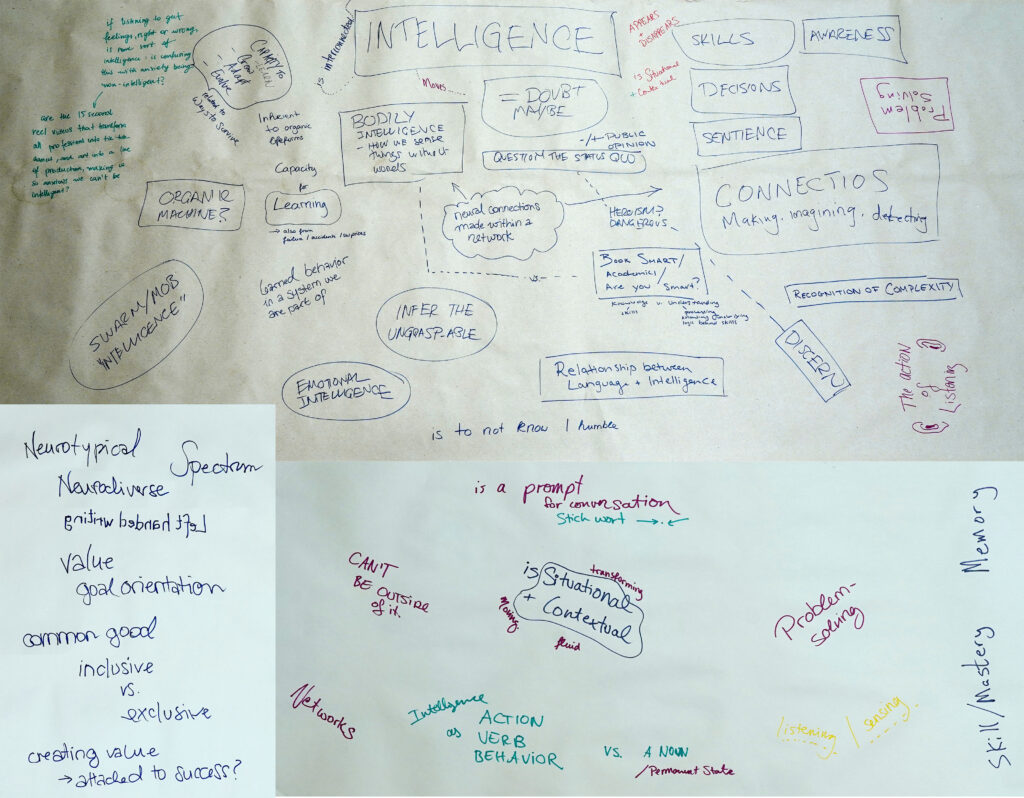
But what is form, and are we tied to it as a notion of translating our thoughts into something tangible? Does it only exist in time, or is that not even relevant? Do we need to be able to answer all our questions, or is posing the question enough of an impulse to start doing?
We then dove into the topic of AI (artificial intelligence) and its potential and pitfalls for creating artistic work. Mark Coniglio gave an introductory talk to the topic and showed a few examples, that we then shared about in the group. Split up into smaller units we started the process of getting into the more technical aspects of creating instruments and material which we will develop over the time of the lab – exploring materials and the forms we can use to express our ideas.
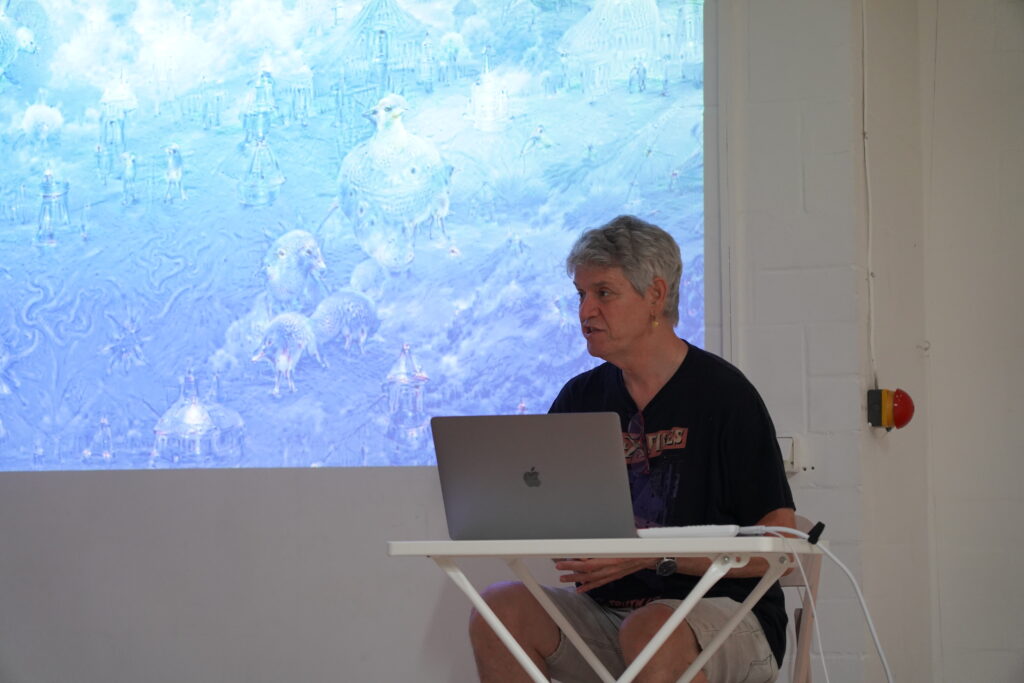
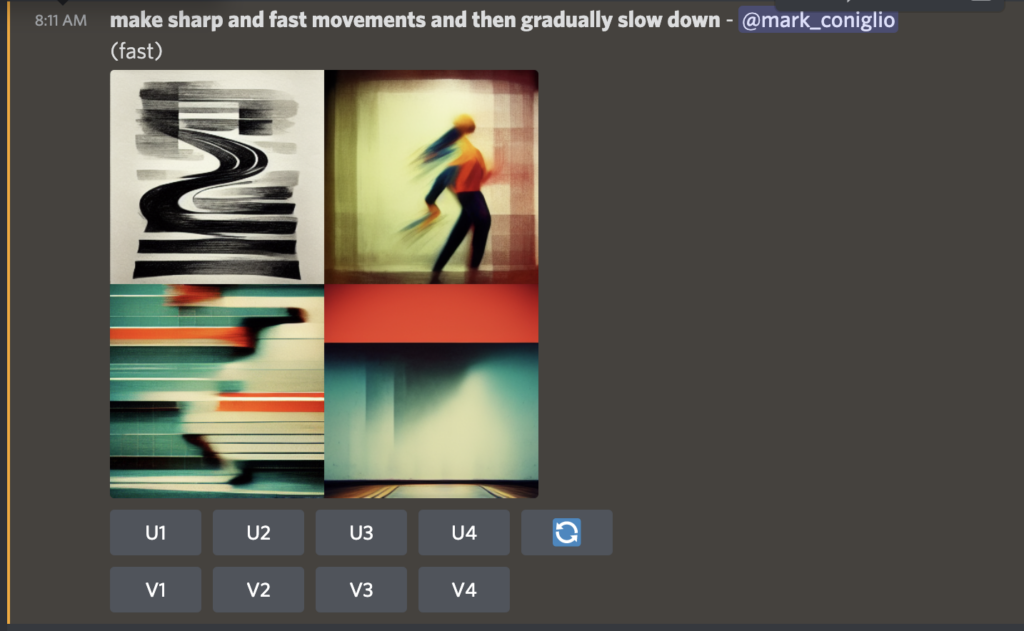
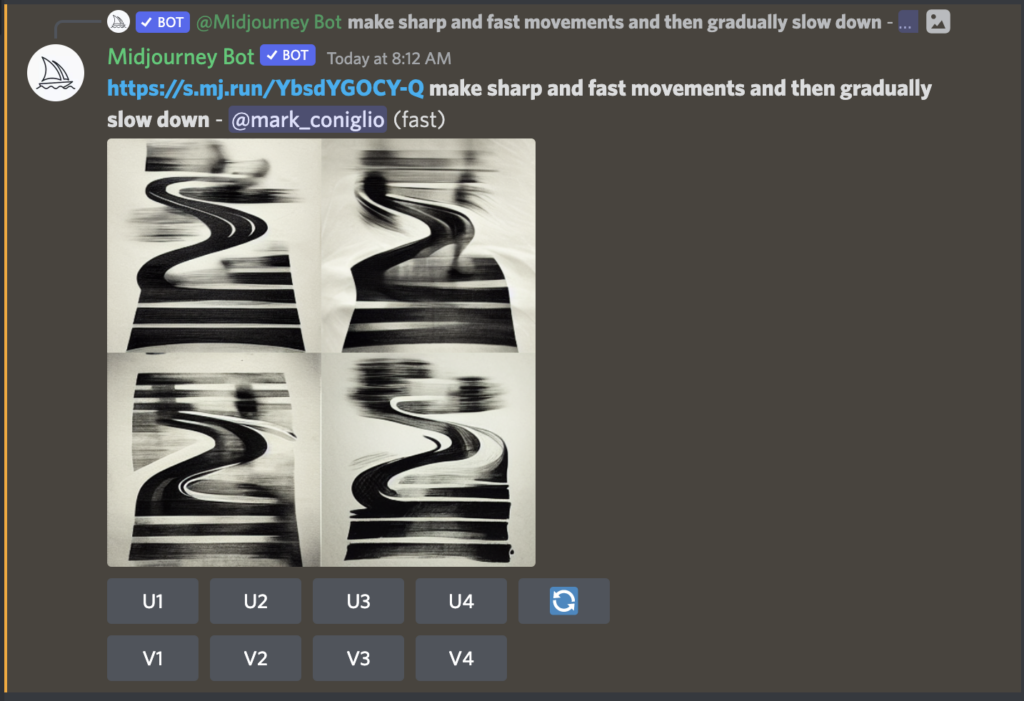
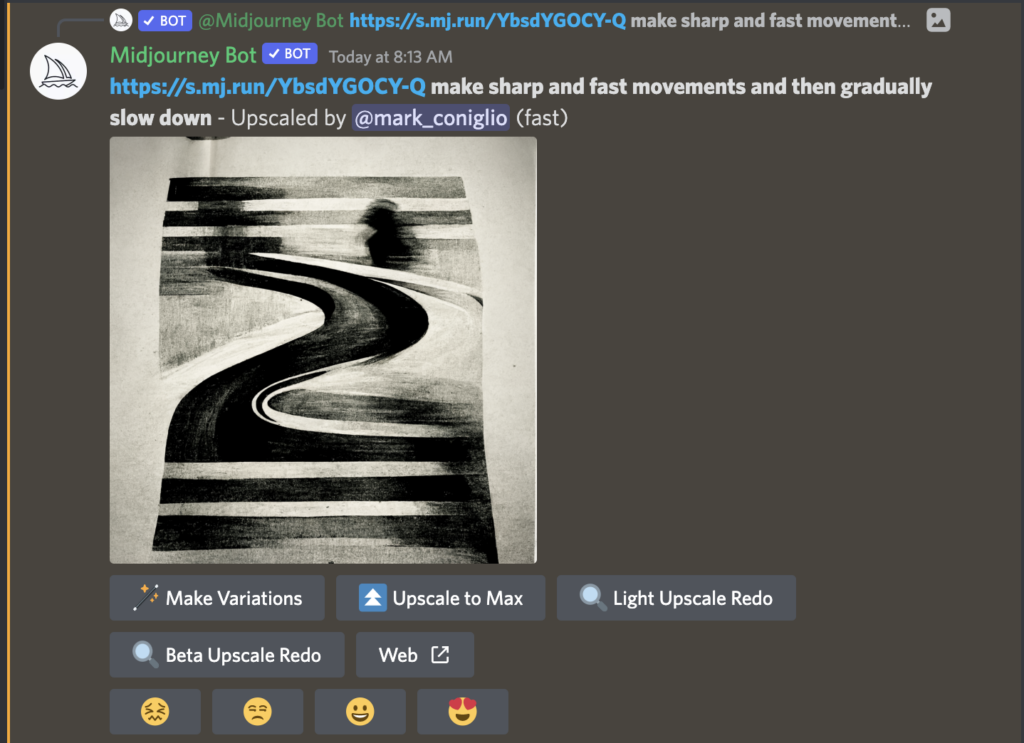
Links to Resources on AI
- Mark Coniglio – The Importance of Being Interactive: http://digicult.it/digimag/issue-030/the-importance-of-being-interactive/
- Tim Murray-Browne (Guest Speaker) – Emergent Interfaces: Vague, Complex, Bespoke and Embodied Interaction between Humans and Computers: https://timmb.com/pdf/murray-browne2021emergent-interfaces.pdf
- 12 books on AI ethics for further reading http://lcfi.ac.uk/news-and-events/news/2021/jun/28/ai-ethics-book-list/
Lecture by Morton Subotnick
Morton Subotnick’s lecture talked about the history of multimedia art and how this art form developed in parallel with technologies becoming more available as tools for individuals and artists. His own desire to create something with these tools the new questions he felt the artist at this time (1960ies/1970ies and further) were posing. What can the viewer experience that is meaningful in a new way, yet still always thrives to create something that is alive and in movement, and in some way relatable on an emotional level, without designating a particular way of how it should be experienced? Is for a term that is too immobile, or is it also the procedure, the temporary shape and context of something that evokes a feeling in us, and makes us relate to a piece of art? Questions we might not answer, but still keep in mind while we start to create.
We are getting into the doing, from a place of thinking and reflection, with inspiration and curiosity about where this process might take us. Smaller groups are discussing which technologies might be useful and take their ideas further, or just still discussing ideas and concepts.
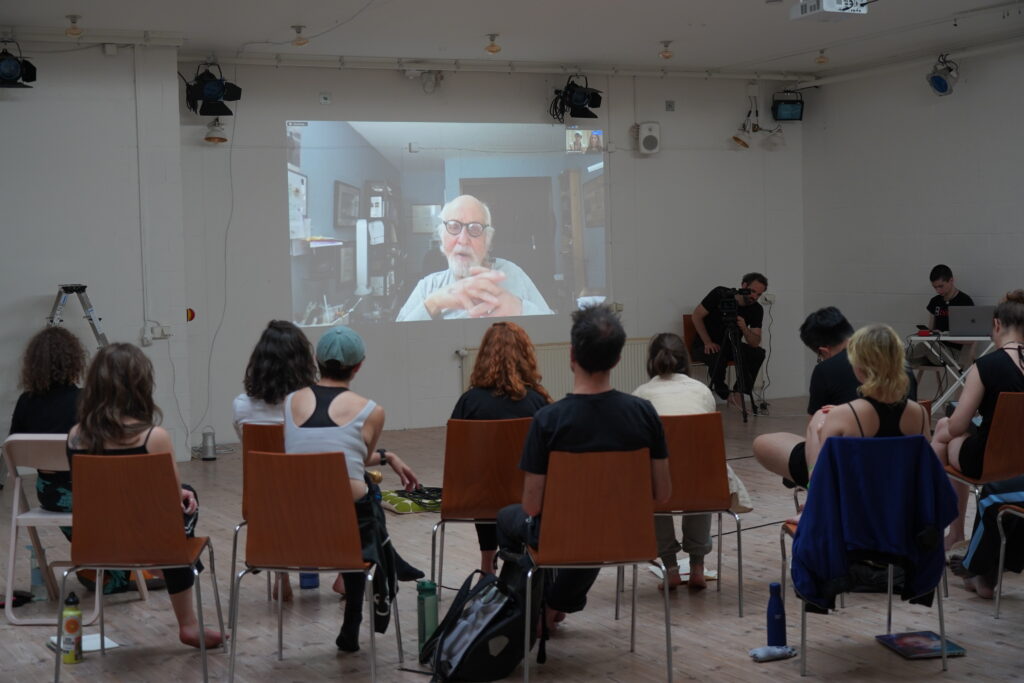
Lecture by Sammy Chien & Chimerik Collective
Sammy Chien gave us an introduction into their personal artistic history and working with Mark as a mentor. They talked about their approach to technology and dance, and the spiritual aspects of their work and how activism is also part of sharing the knowledge that they have gained as a performer. They gave us an in depth documentation of the process of working on the project “W(e)aves”, which was started during a residency at Lake Studios, and showed us how it evolved from a first idea into a performance piece using a Kinect camera. The evolution of the pictogram/letter that stands for “dancer” (originally meaning “shaman”) was used as a starting point to reflect on the deeper meaning behind their role as an artist.
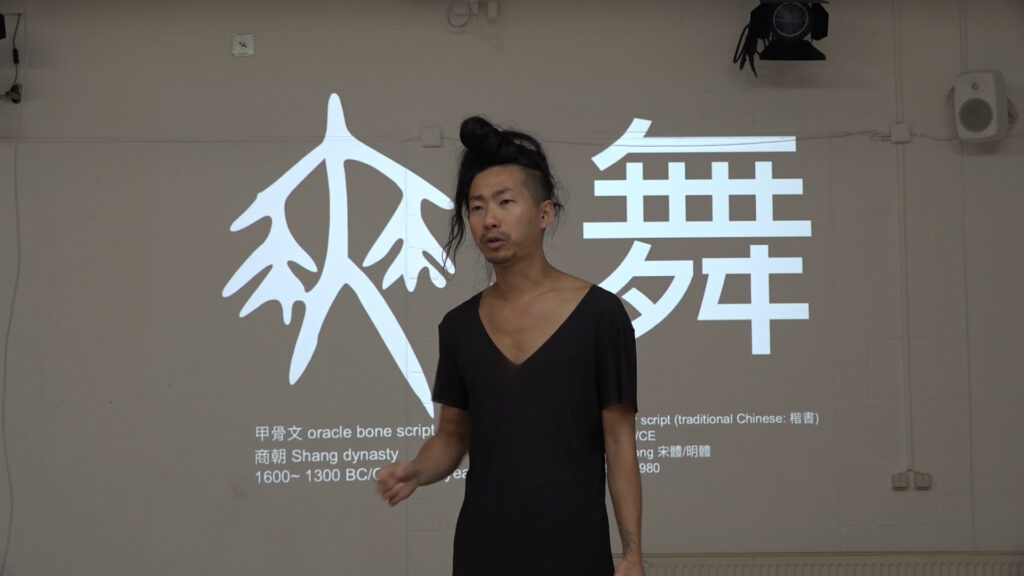
Sammy also introduced the research that they have been doing with Chimerik Collective. They showed us snippets from “The Home Improvement Ball” and “Ritual Spective” – two pieces they developed during the Covid19 pandemic, which brought audiences together on Zoom through interactive participation. To round things off, they presented us with the opportunity to play with one of their newest pieces “003_playback”, which was designed by Caroline MacCaull – who was inspired by Loop Diver (a piece by Troika Ranch) – using technology to make choreographic decisions. The participants were able to influence said decisions through a voting system, and use the chat to design part of the audio score for the piece. They also shared an open call for contributions for Virtual Live Art Research, where artists can share their experience working with this technology.
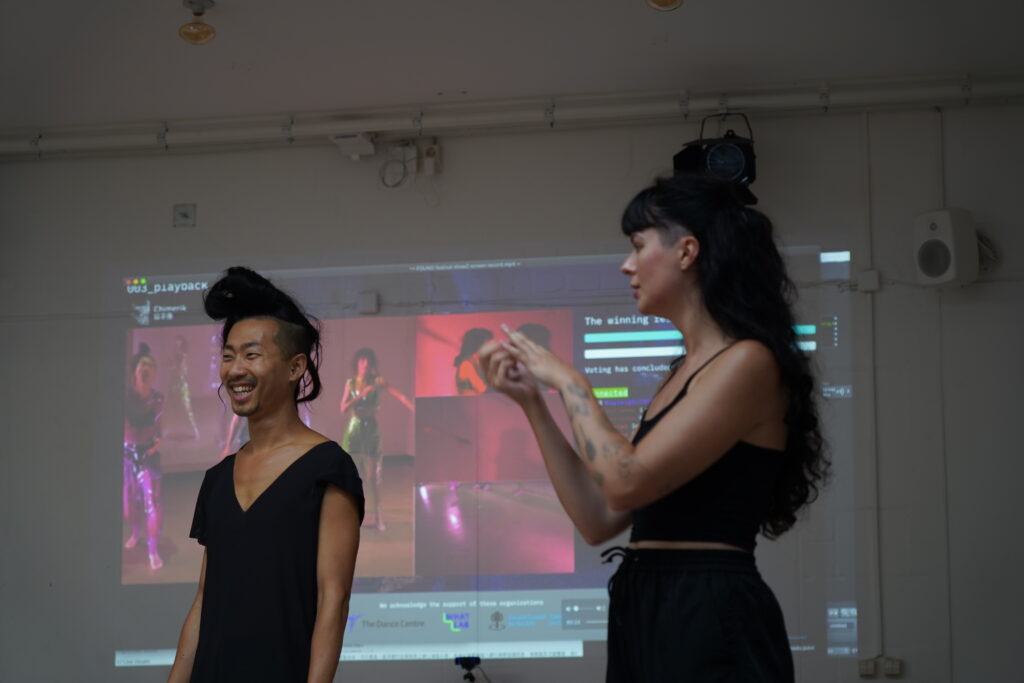
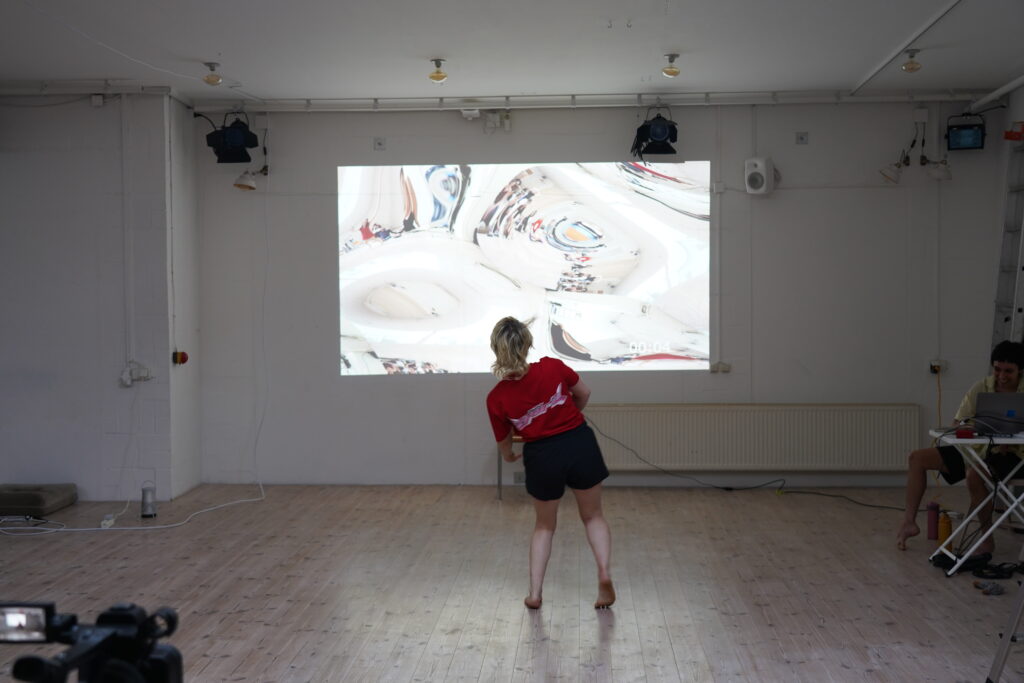
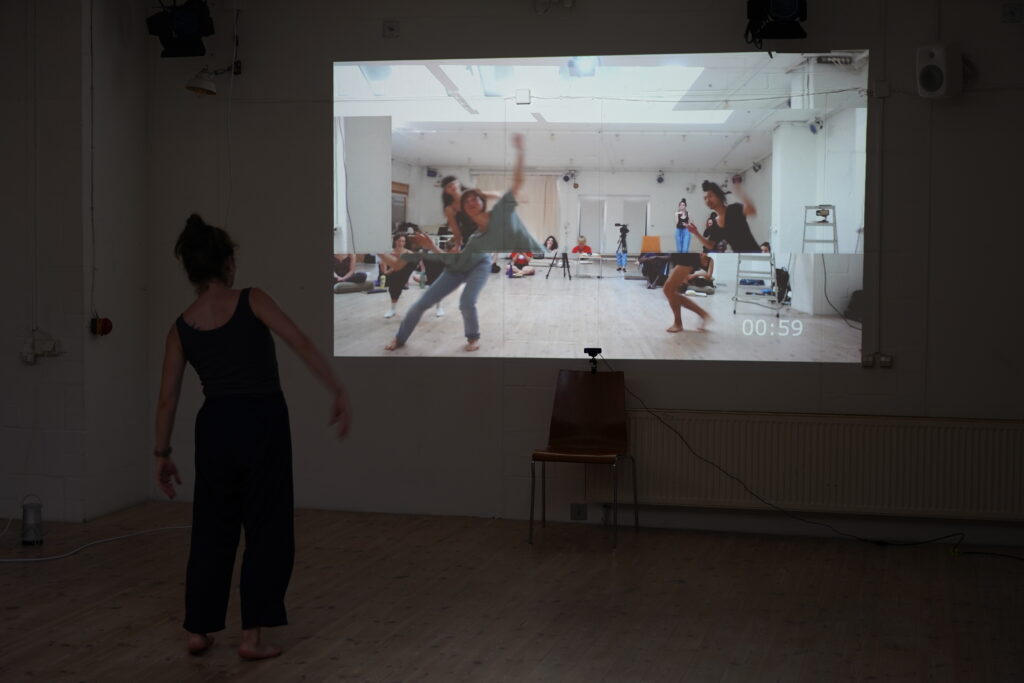
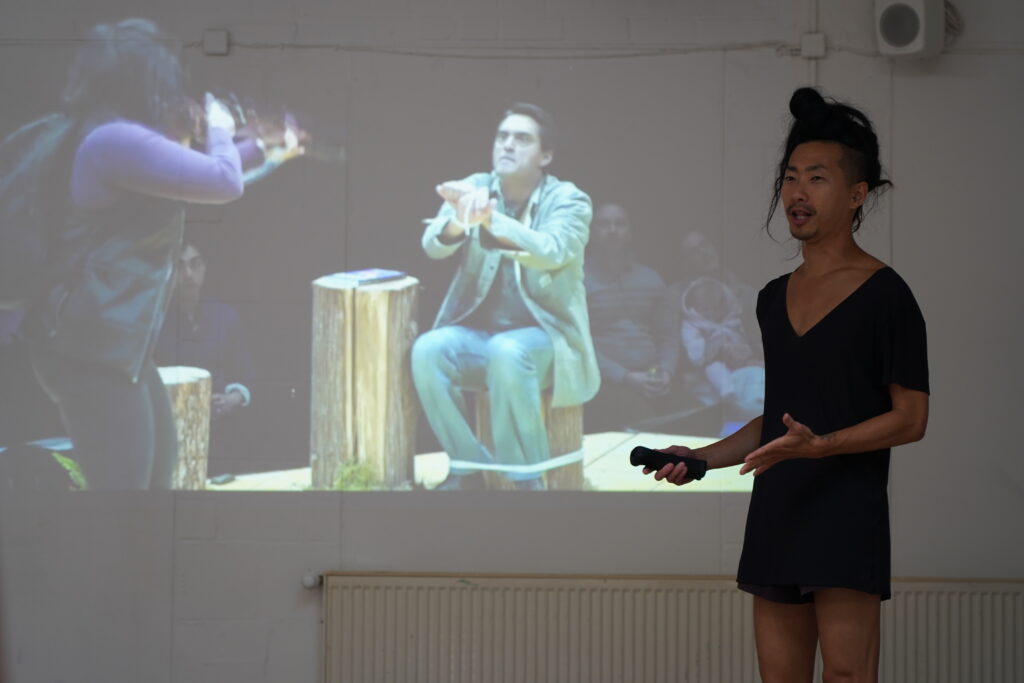
Aside from the inspiring lectures and in depth discussions, everyone has started to explore the possibilities of the technology we have available here in Lake Studios, and thinking about ways to use them in their own artistic piece. At the end of the lab, we will all share a glimpse into our work to the other participants. Small collaborations are forming and we are setting up pieces of gear to play with them and explore the possibilities that they offer, but also questioning our choices on why we use a certain technology and what it can mean conceptually for a piece how we use said technology.
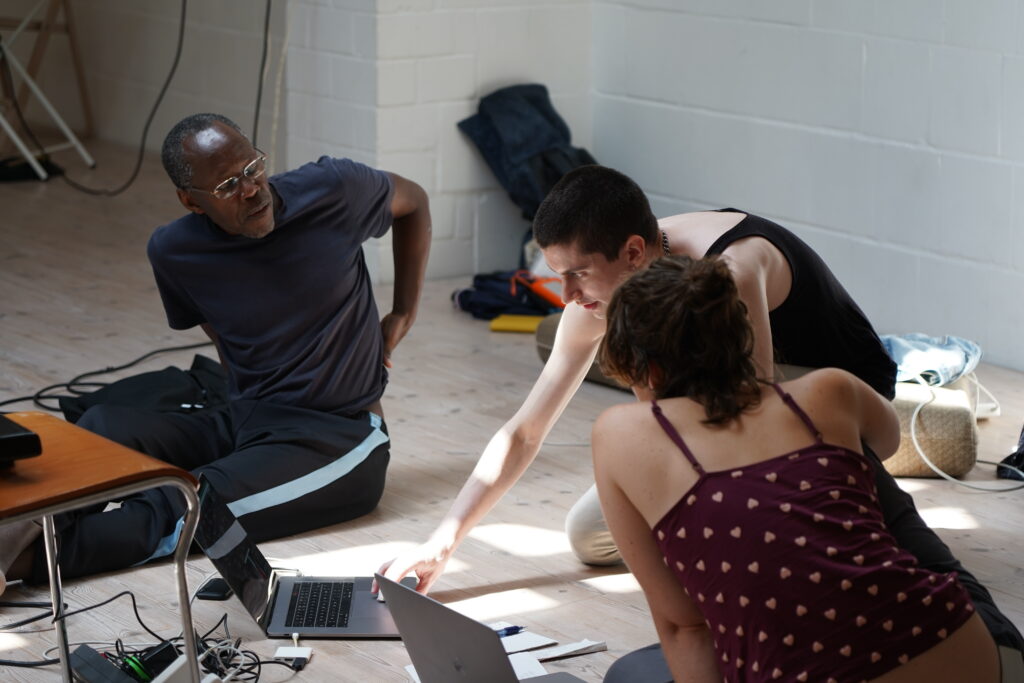


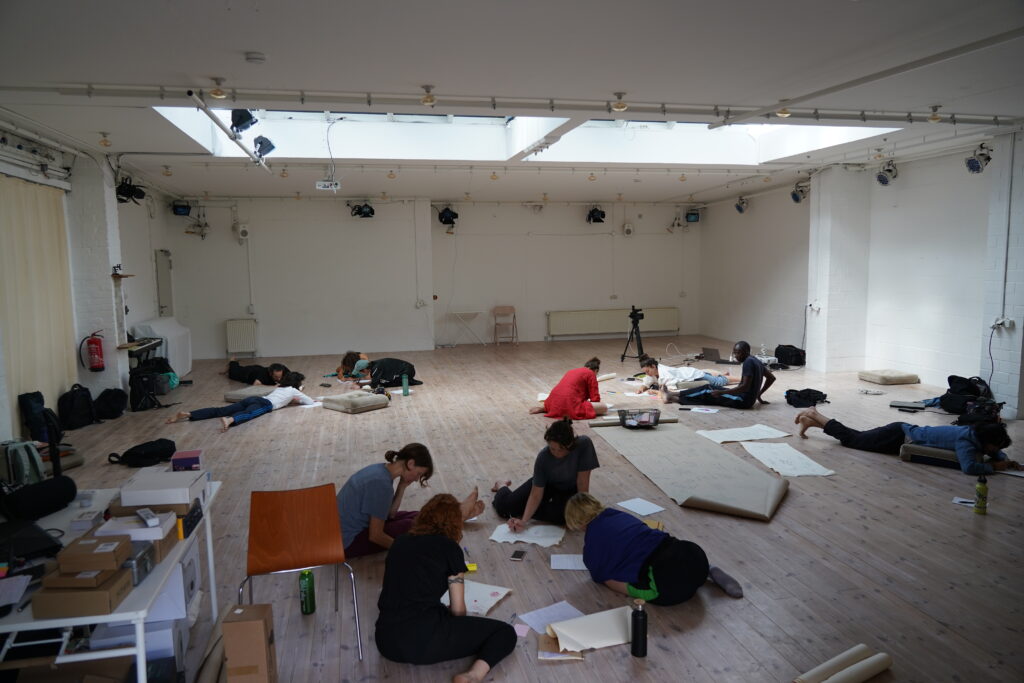
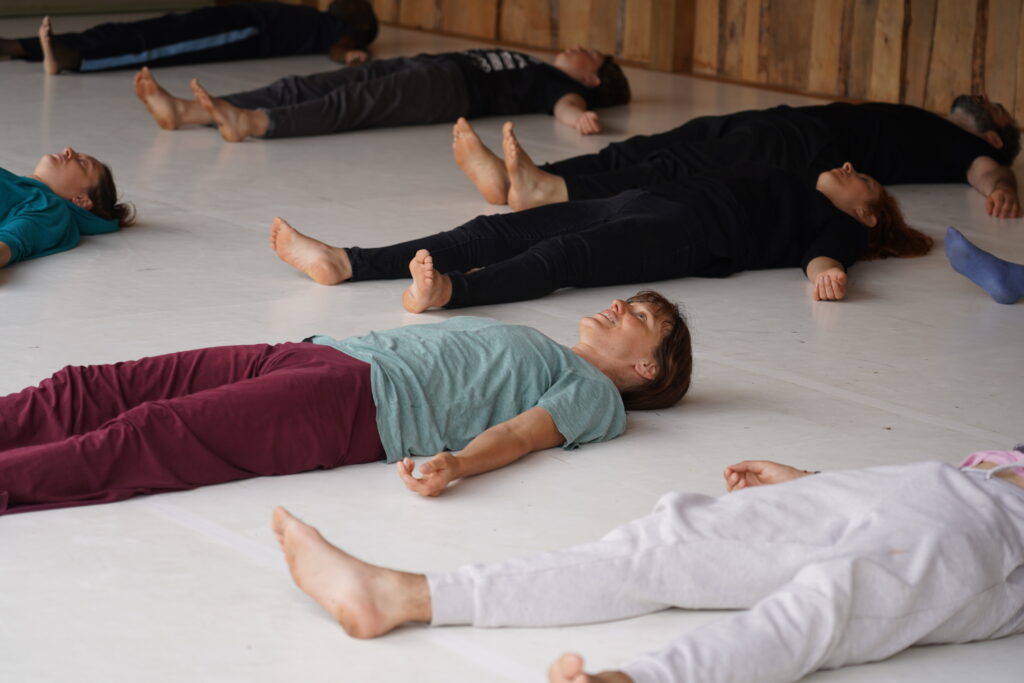
Lecture by Muriel Romero & Pablo Palacio
Muriel and Pablo gave us a very exciting insight in their process of working with motion capture systems and sensors that enable the dancer to play music on stage, to control lights and that create a unique relationship with the live performer through sonification of movement. Pablo talked about the more technical and theoretical aspects of their work, and Muriel spoke about how, as a performer, she has experienced working with different kinds of sensors and moCap systems that allow her to express herself more fully as a performer.
They showed us several works that illustrated various possibilities of how sensors could be used as input devices, and how they developed a language of movement qualities working with them, that allow them to express the hidden resonances of moving bodies and using it as an expansion of the body – which can offer challenges and be liberating but also potentially limiting. The latest piece they have been working on is a quite intensely technological piece called “Embodied Machine”, that was very inspiring to see. A recommendation from them that will be good to keep in mind when working with motion capture is to record data, so the tech team can experiment with different setups, without needing the performer to be present at all times.
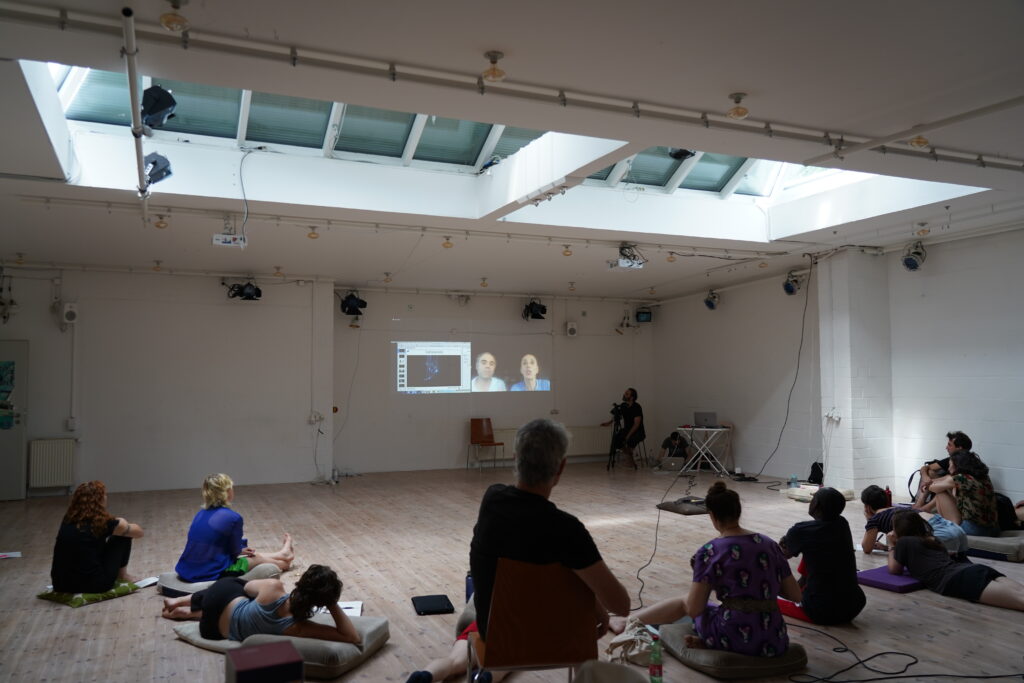
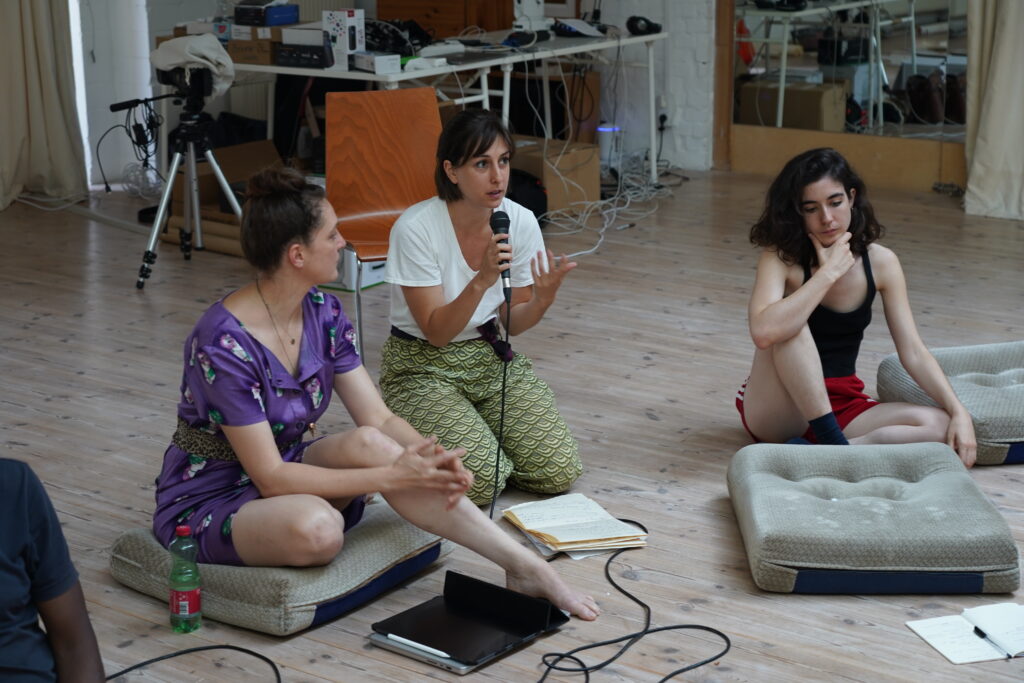
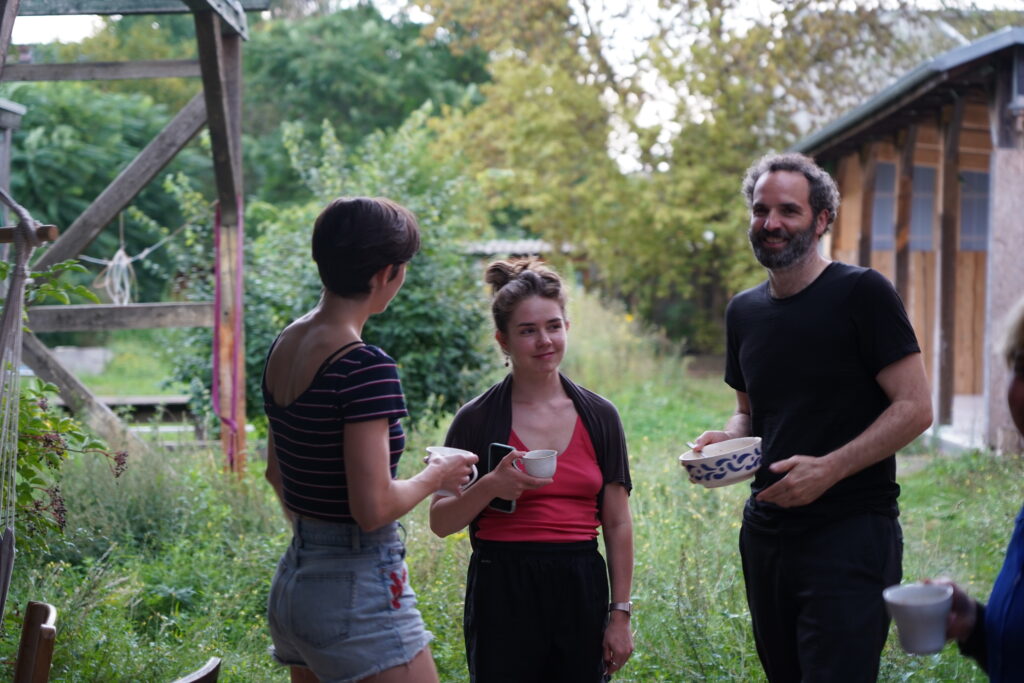

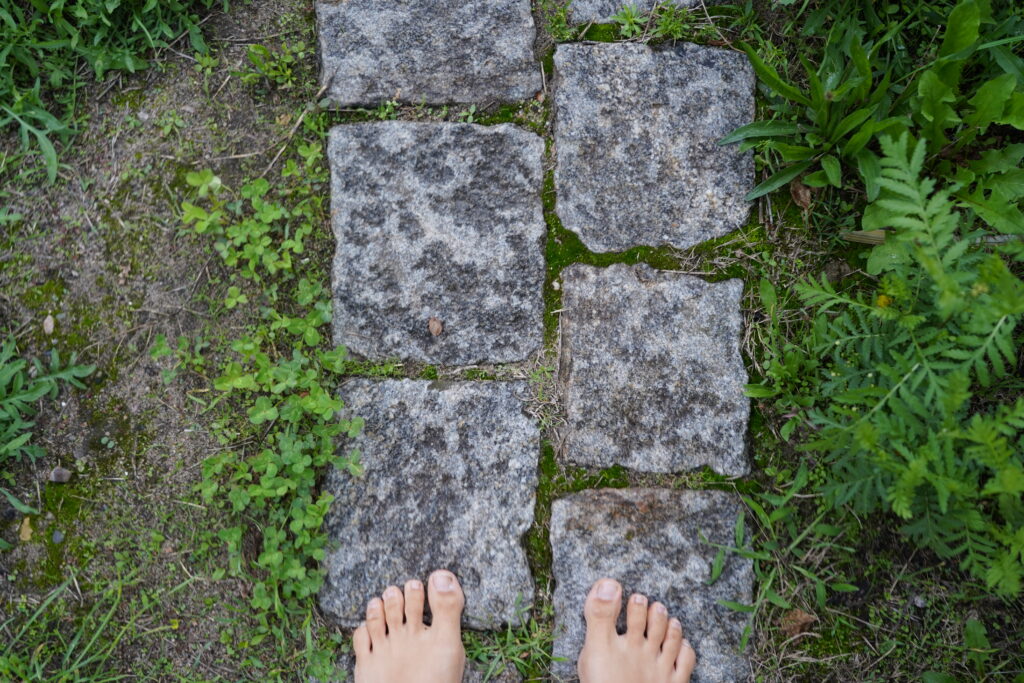

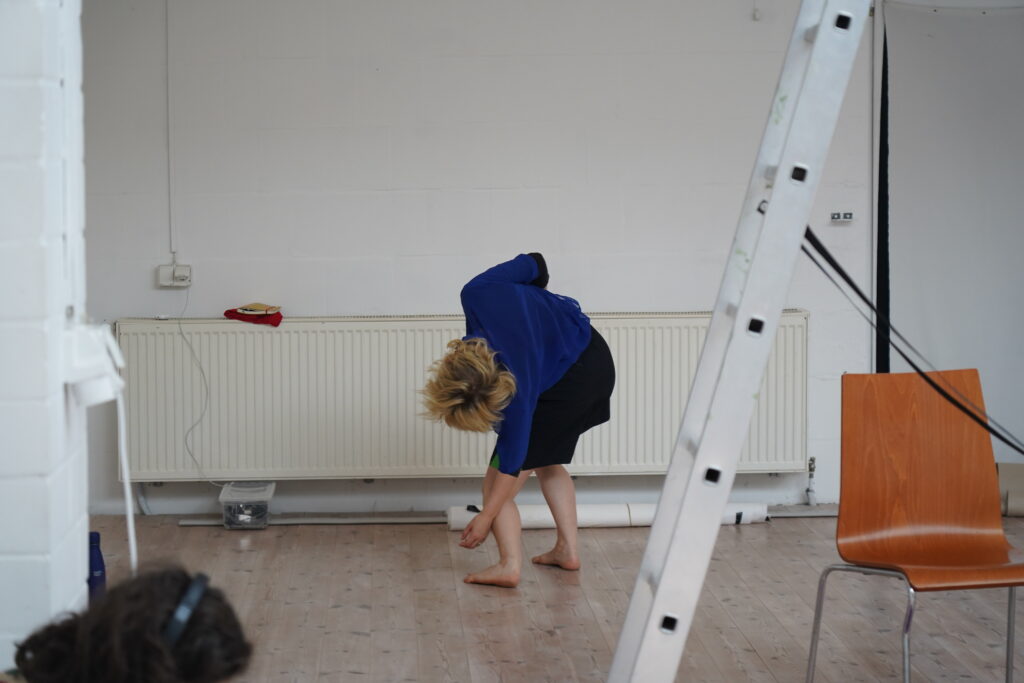
Research presentation by Benjamin Krieg, Phillip Hohenwarter & collaborators
Benjamin and Phillip gave us an introduction of how they use PTZ (pan-tilt-zoom) cameras in a theater context. They offered us insight into their research process and showed us various possibilities of how to use them aside from just as movable cameras that can be used for live performance. From looping small movements to creating landscapes over time, there are many creative ways to use these cameras as part of a piece, and seeing the research was very inspiring. They also showed us some experiments they made with AR as a technology that can be explored for live performance and installation pieces. They created this presentation as part of the PLURAL EYES residency that was supported by Fonds Darstellende Künste with funds from the Federal Government Commissioner for Culture and Media within the program NEUSTART KULTUR.
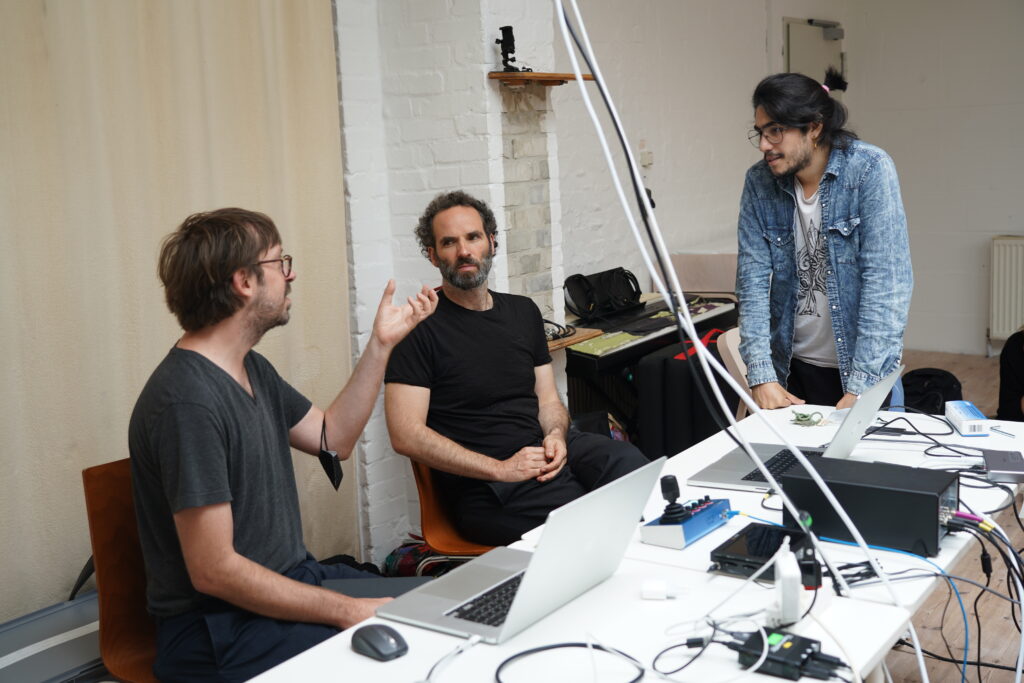
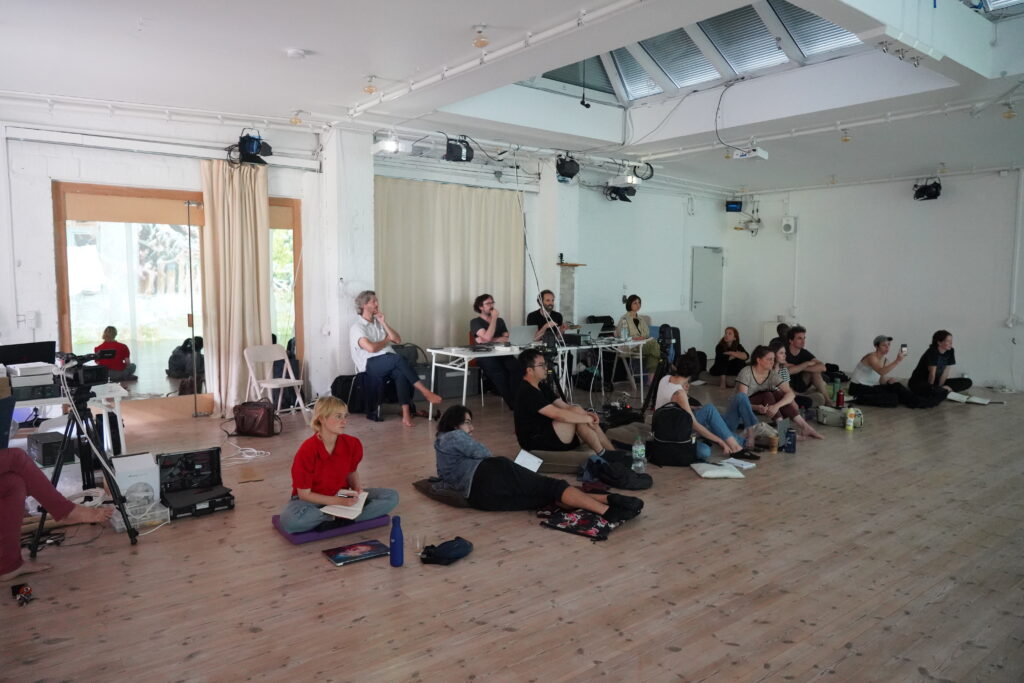
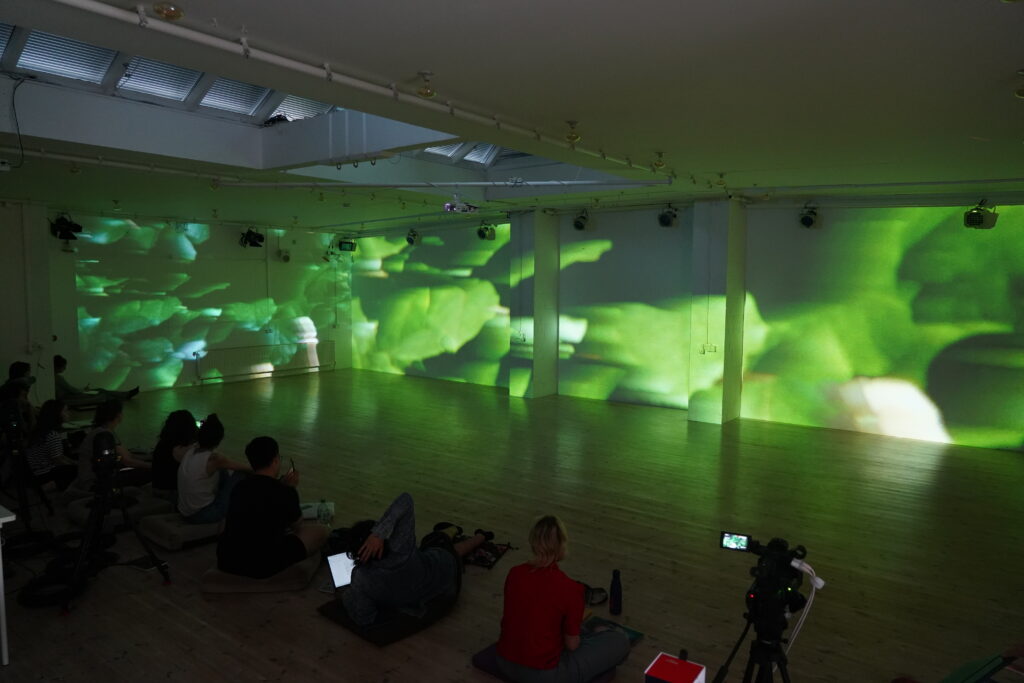
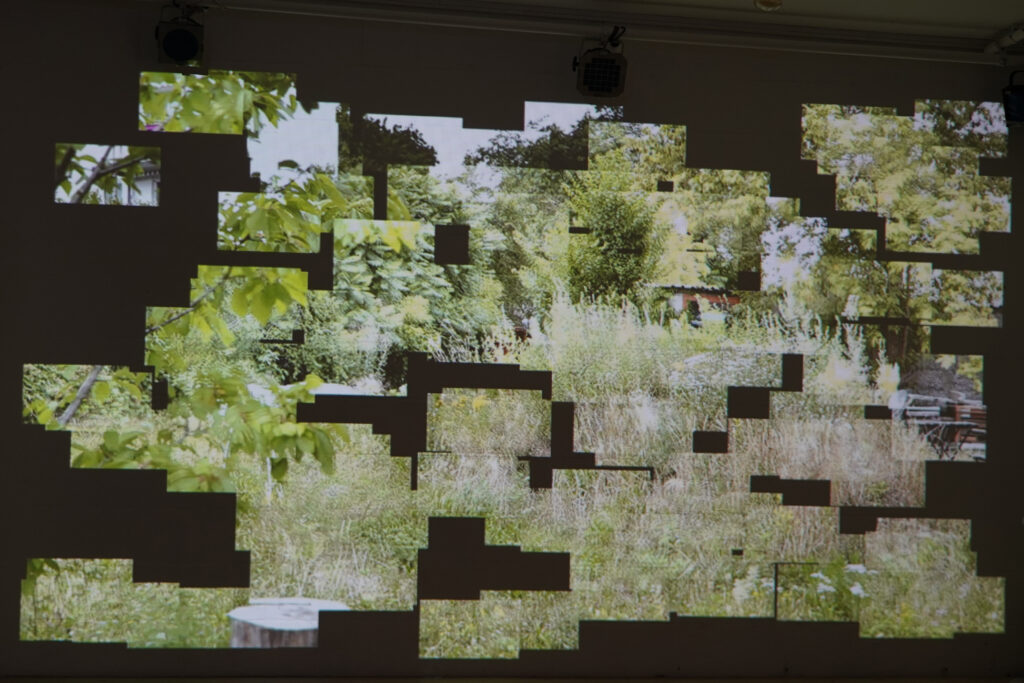
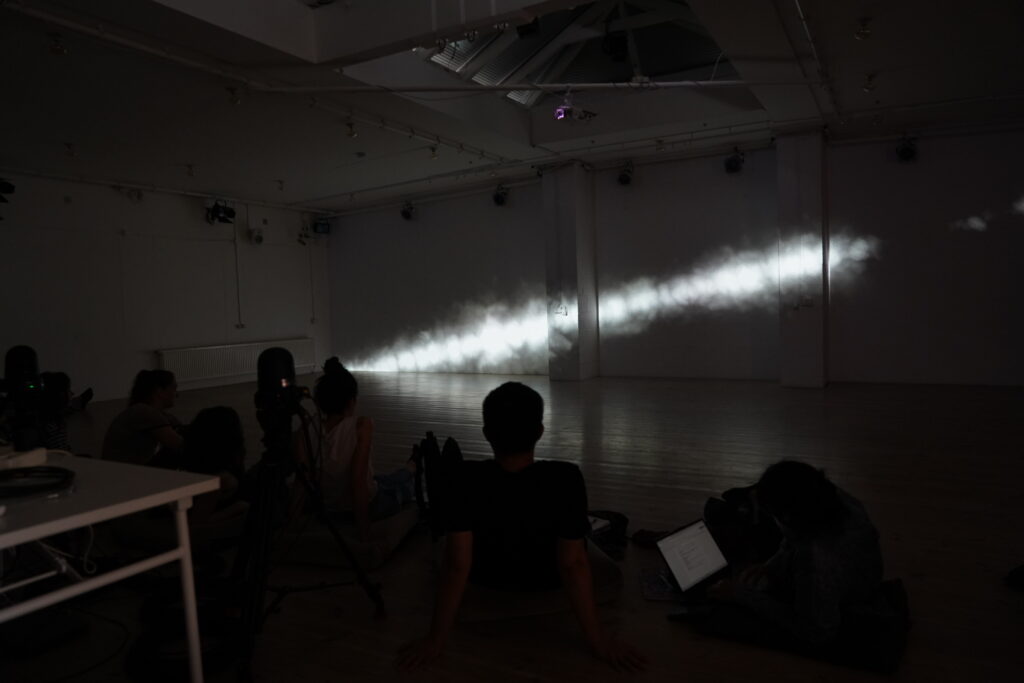

Lecture by Marco Donnarumma
Marco joined us from Iceland via Zoom, where he is doing research for a new performance project. He talked about transdisciplinarity, critical thinking and bias related to technology, and took us on an exploration of the visceral body through his work. The idea of purity as a construct, playing with repulsion vs. fascination, and the aspect of spectacularization were discussed as topics in working with the body in connection with technology. The problematics that arise through an abelist society, when it comes to questions of identity and leveling the field in terms of equality were strong points that were brought up. Another interesting aspect of technology as a “prosthetic” is that it can open possibilities for disabled, neurodiverse or other non-mainstream, non-neurotypical thinking.
One of the quotes that stuck with me personally, that Marco mentioned was: “It is not an absence of health or cleanliness which makes something abject, but that which perturbs and identity, a system, an order; that which does not respect limits, places or rules” (Julia Kristeva – Approaching Abjection).
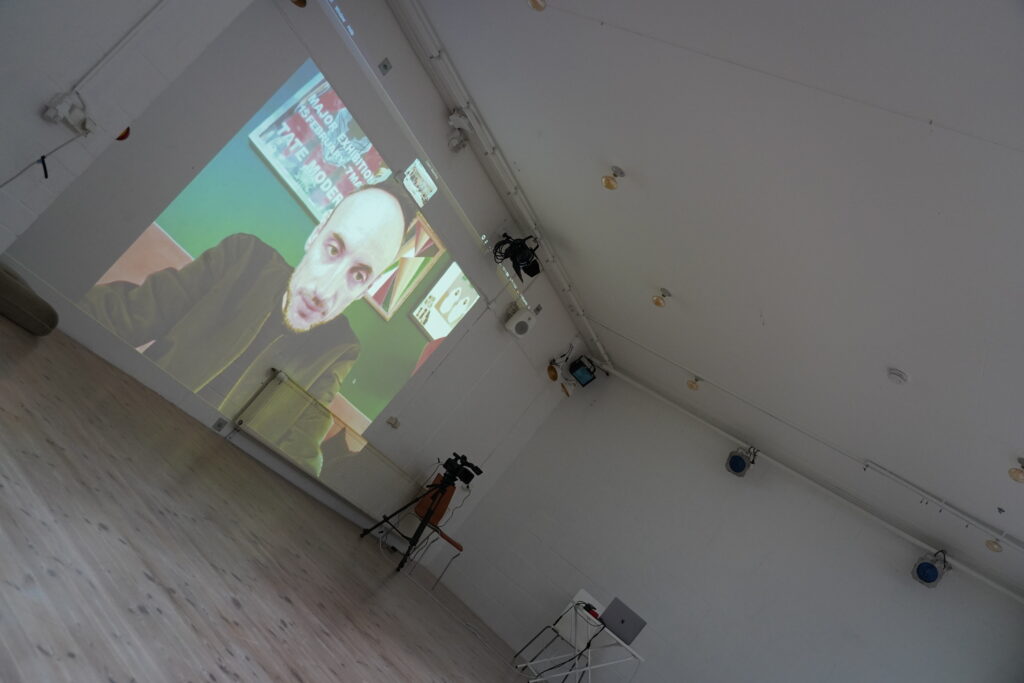
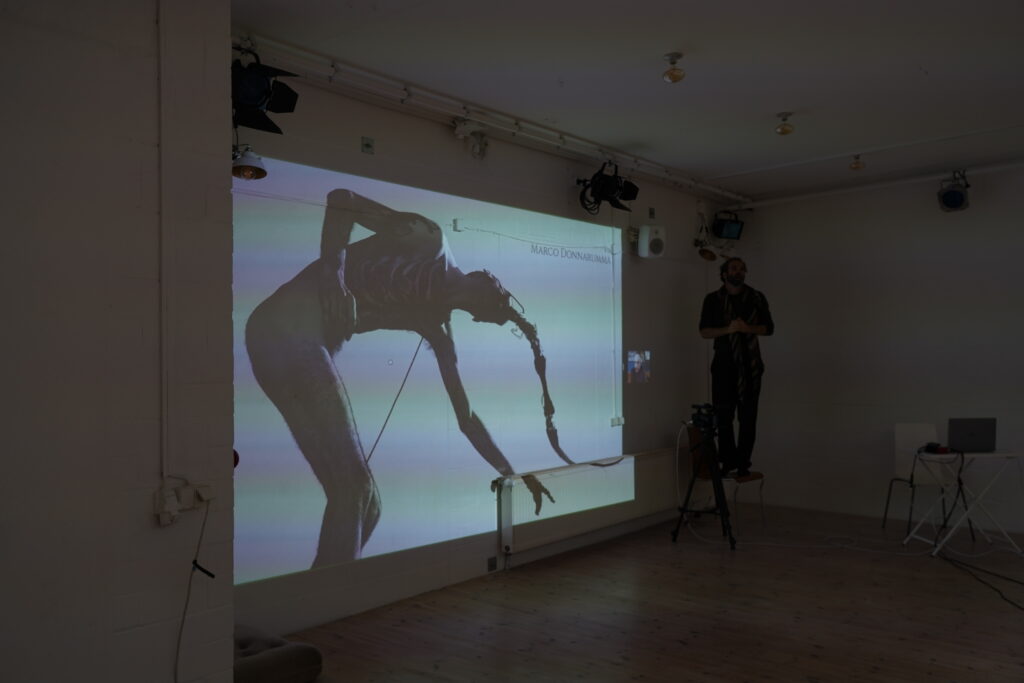
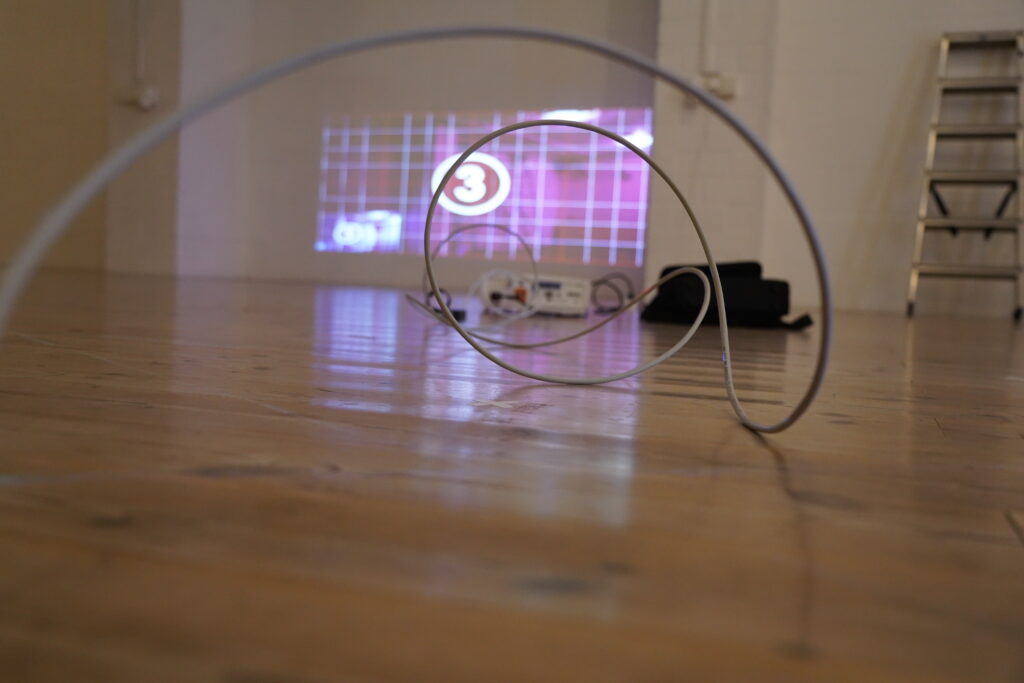
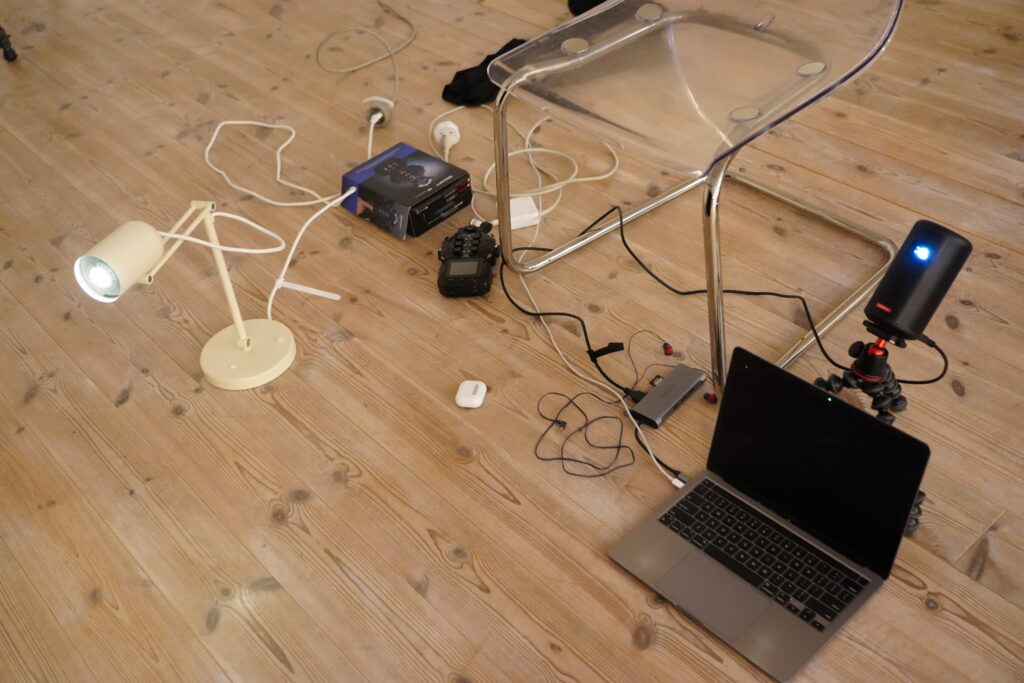
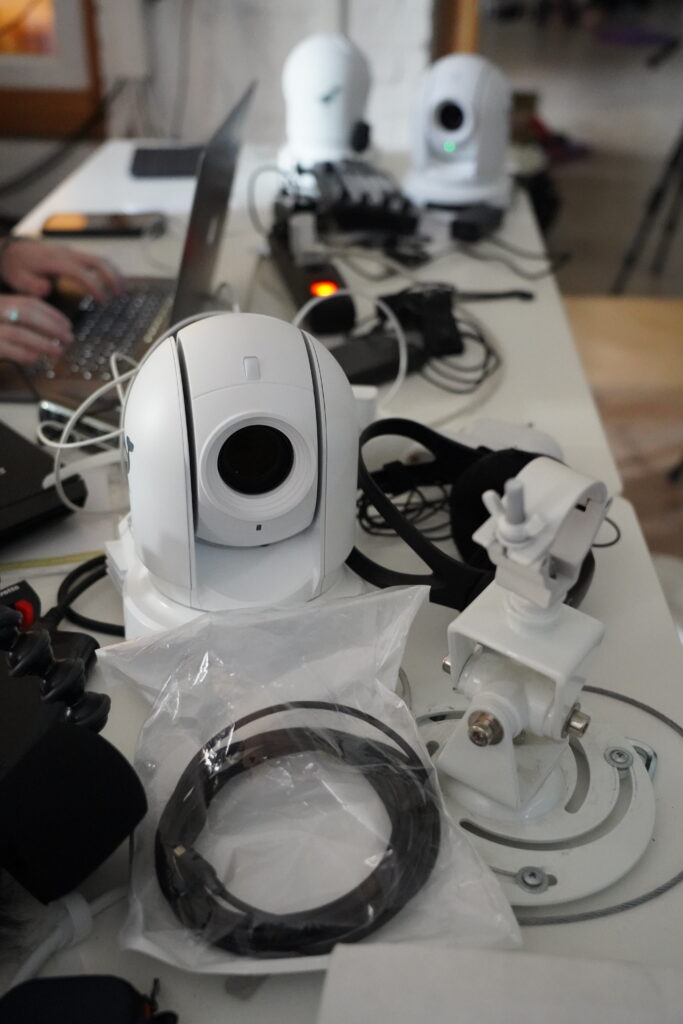
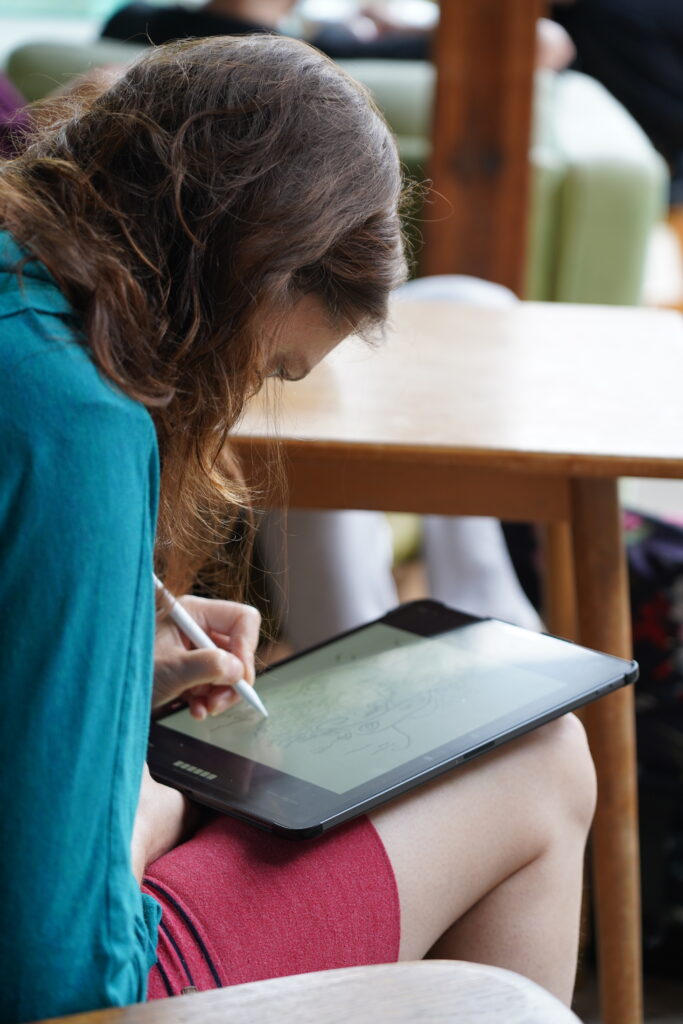

Lecture by Eni Brandner
Eni talked about her background in animated film and visual effects and how she approaches new technologies as a field of experimentation – how using AR, MotionCapture and Artificial Intelligence can open up ideas in relation to performance and how she found her practice through improvisation with seemingly inaccessible technology in playful approaches to the topic.


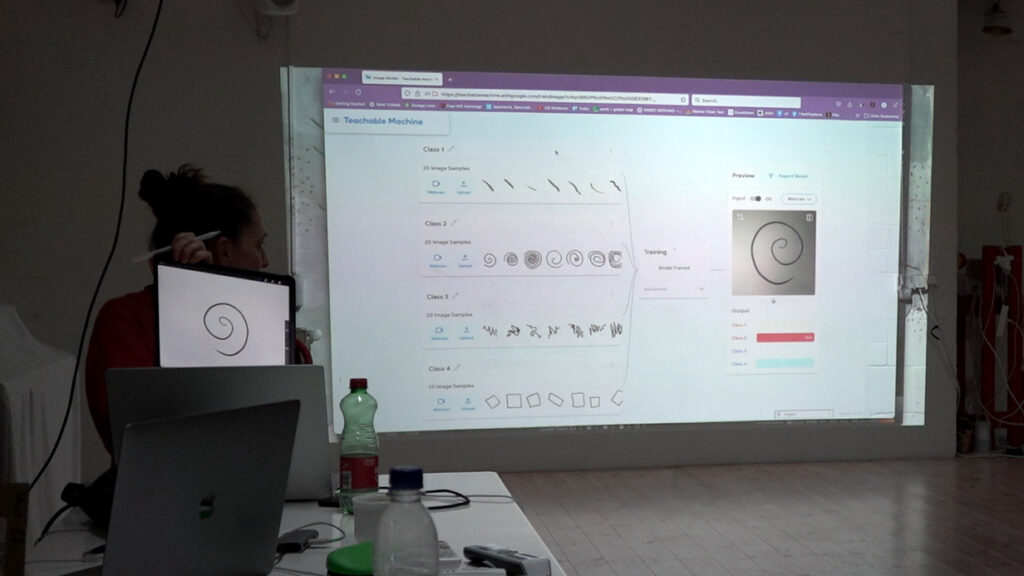

Lecture by Tim Murray-Browne
Tim’s lecture via Zoom talked about the challenges of working with AI, the ethical questions it involves and how we as artists need to design the experiences we want to have in the future, to enable us to create alternatives to mainstream uses of AI. He spoke about audience interaction and its challenges, bespoke datasets and designing an AI for the purposes of artistic work. How can we create tools that we will want to use in the future? How can we work with highly biased systems, or how can we counter act against them? A lively and fruitful discussion ensued after the talk, in which Tim shared his insights and experiences from working with Teachable Machines and AI since 2015, when they first became accessible to artists, scientists and programmers.
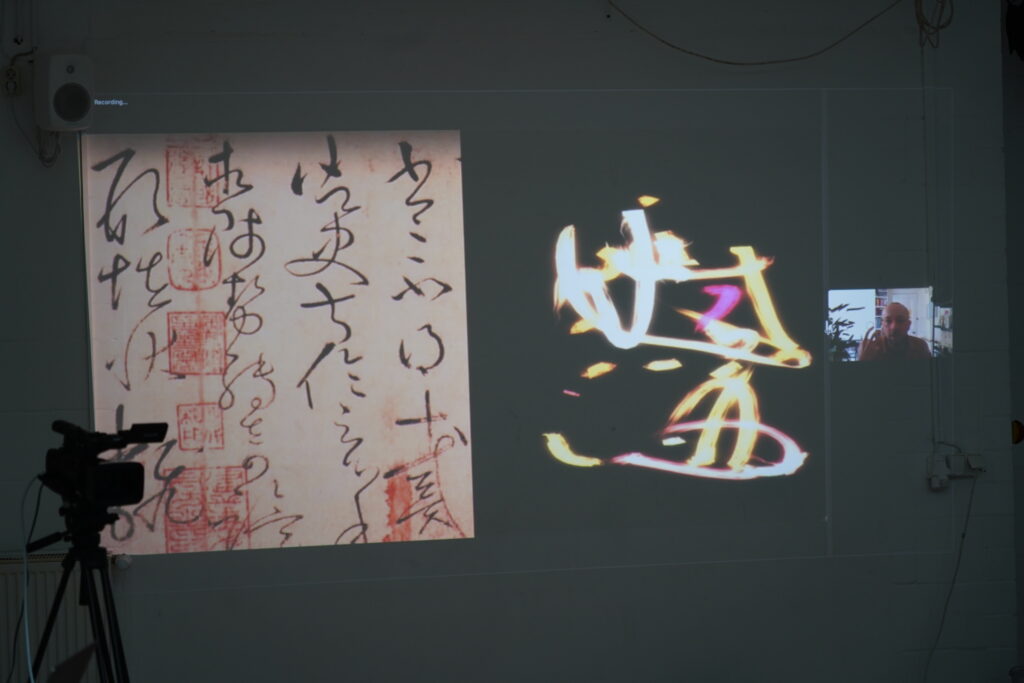
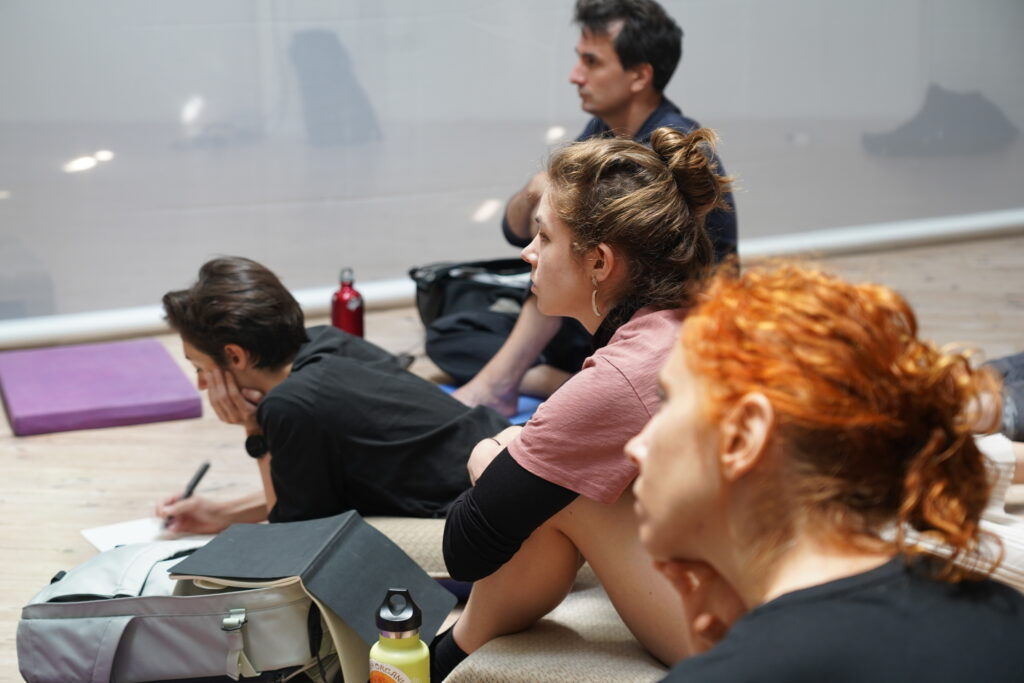
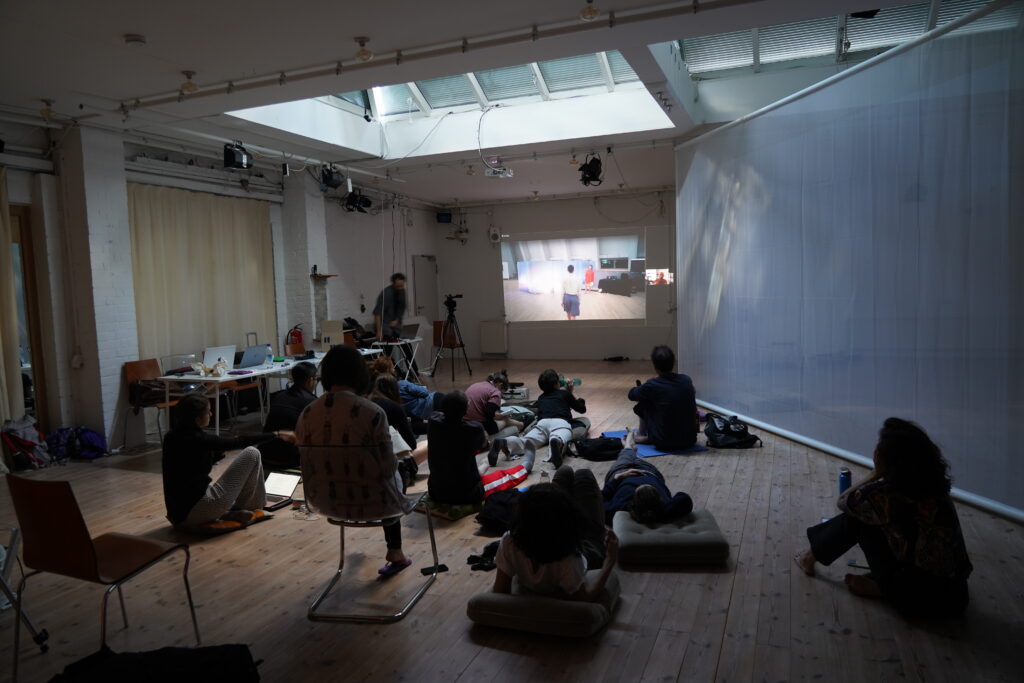
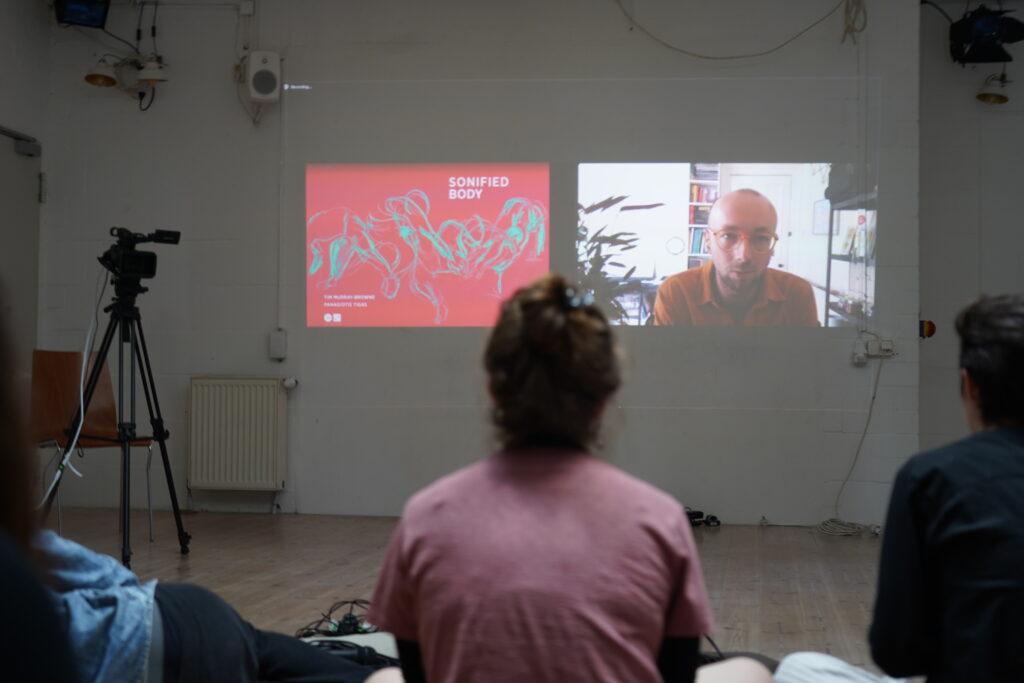
Mini Presentations by participants
The last few days of the lab gave us place to share as a group, about our ideas, our wishes and our insecurities that arose from trying out new ways of working and dealing with the challenges that using technology in unexplored and innovative ways sometimes throws our way. We were able to show our prototypes, our starting points, our processes and reflect with the group to see where we can clarify, refine and restructure.
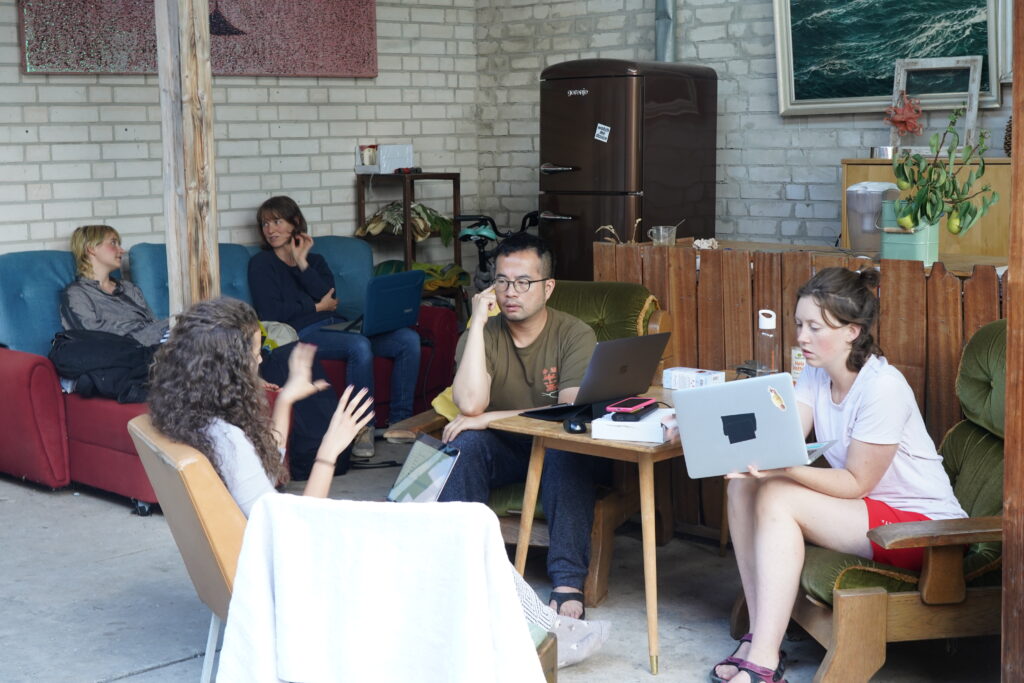
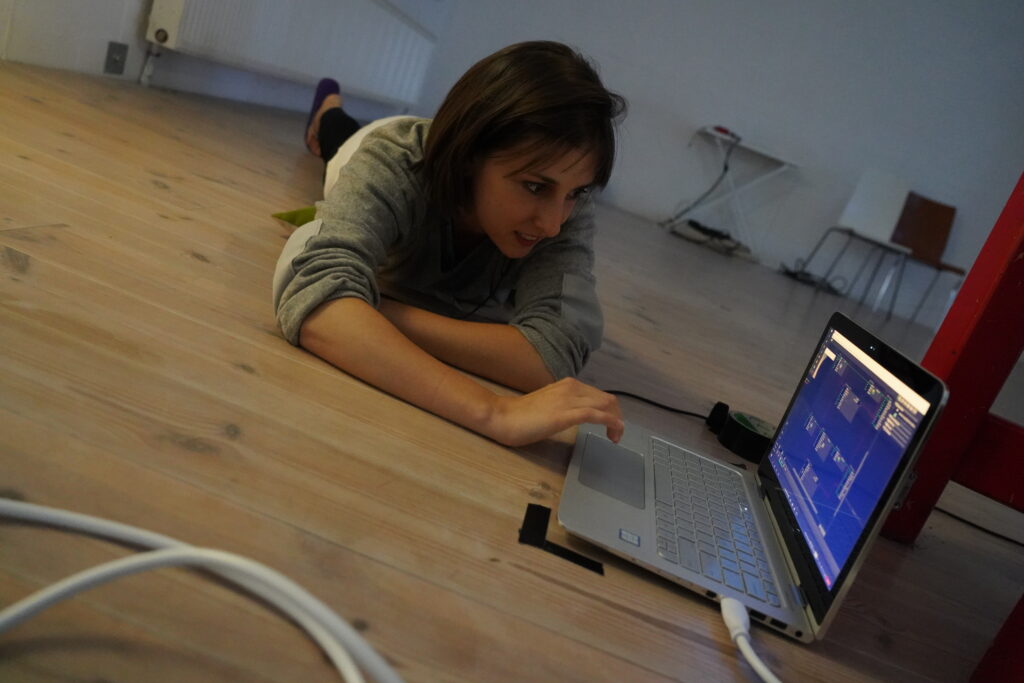
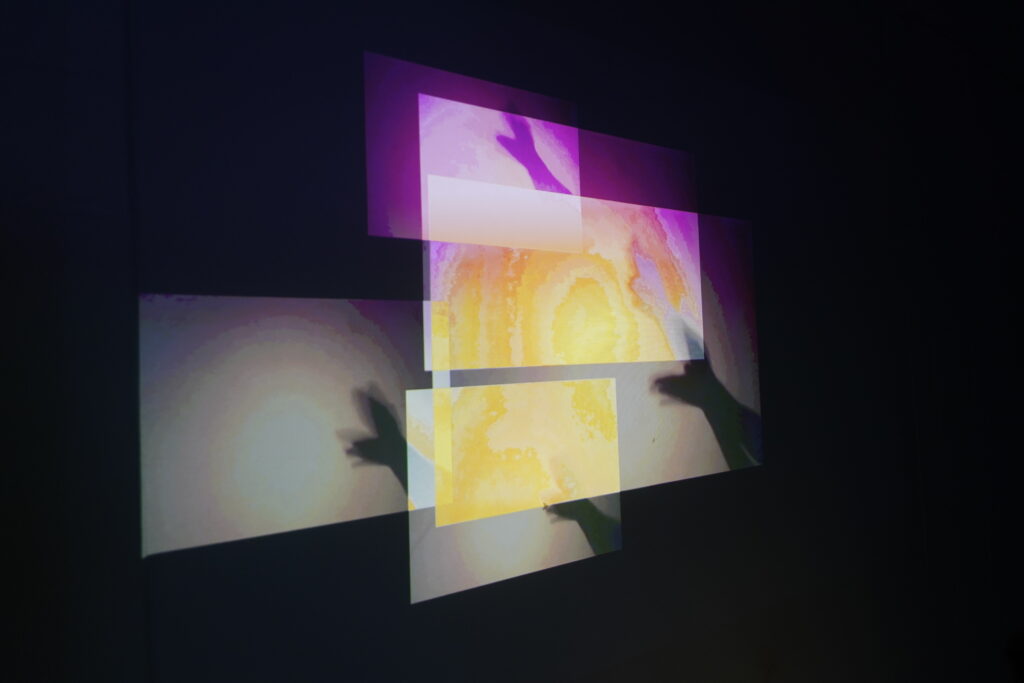
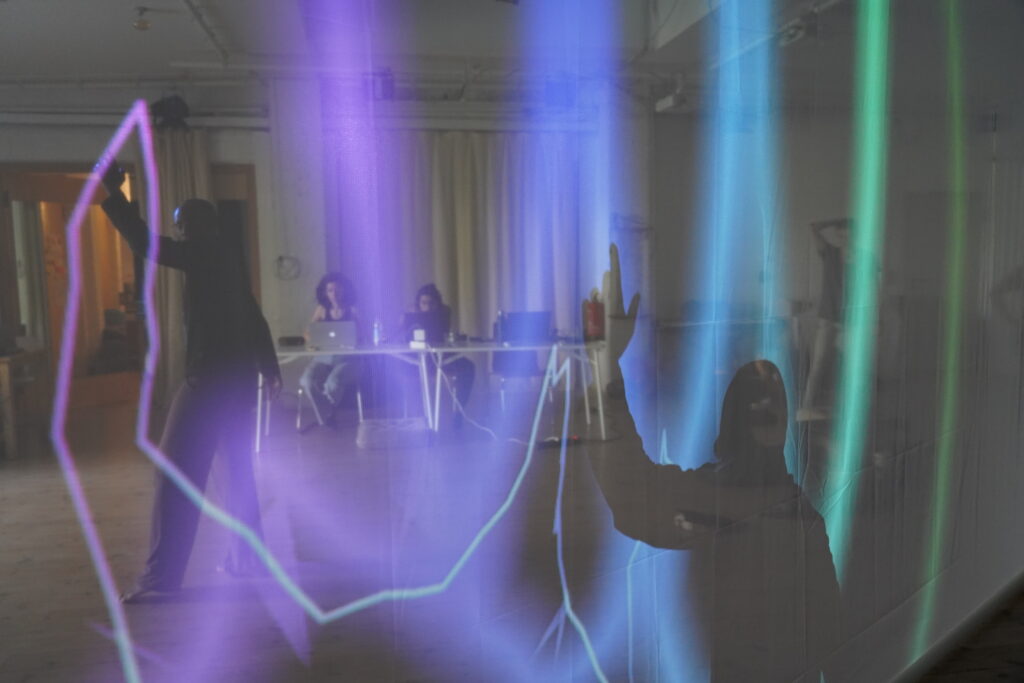
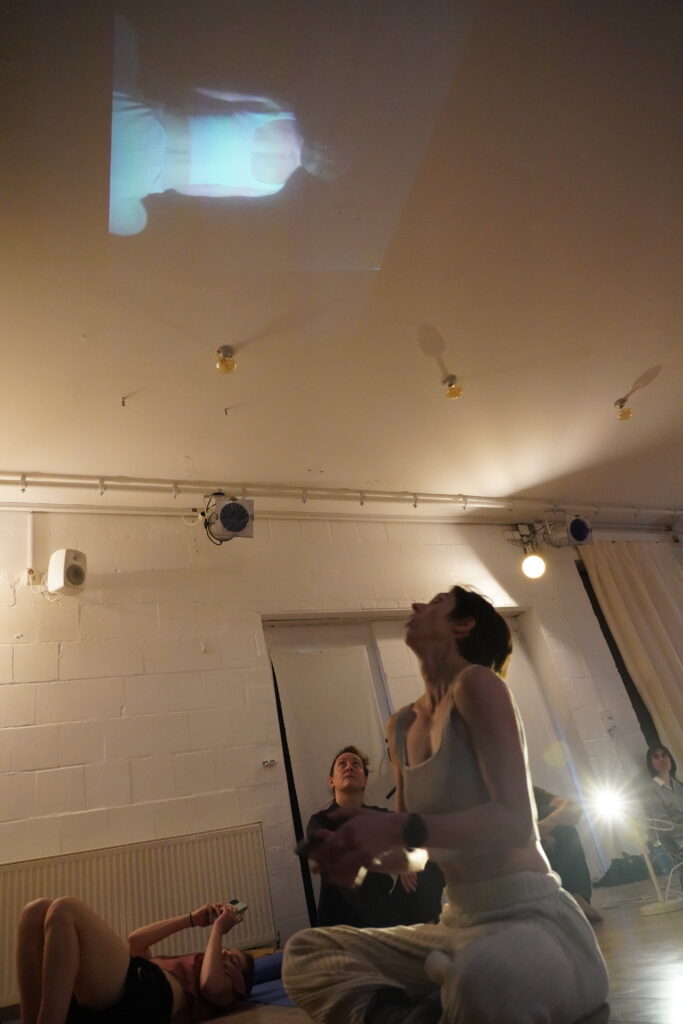
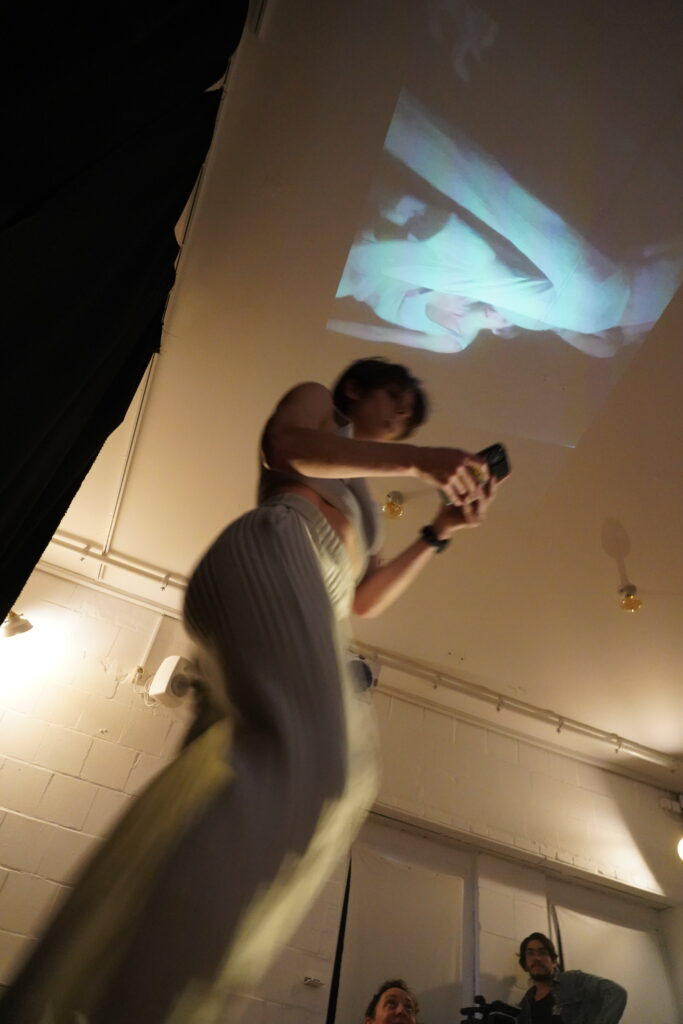
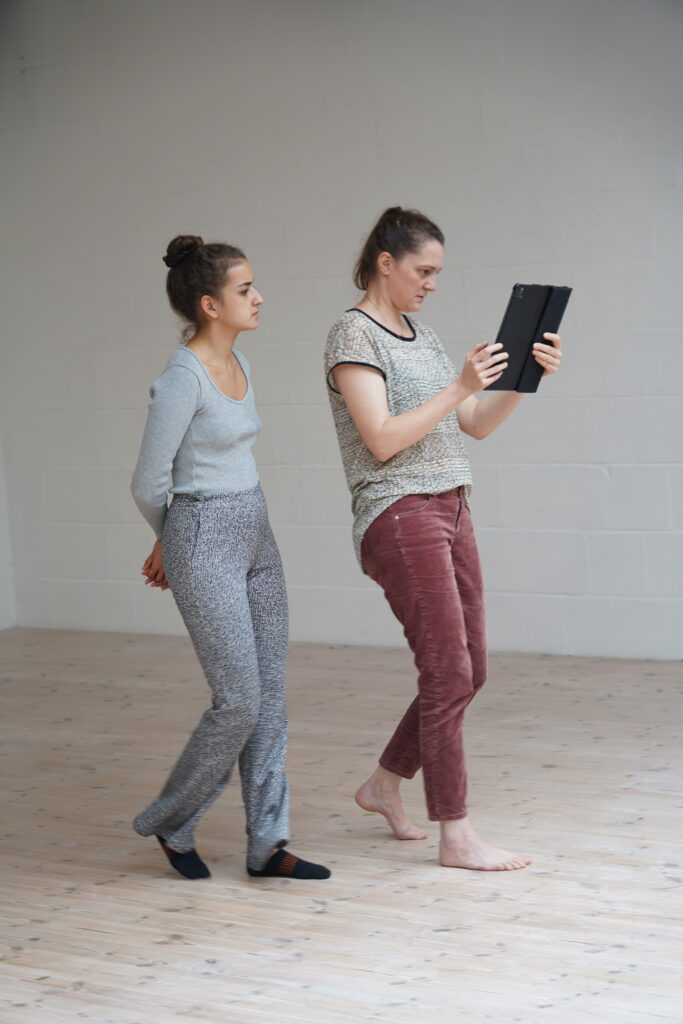

Residencies – work in progress..
The residencies have started, so now everyone is working intensely on more detailed setups to realize their ideas, and go more into depth with all the inquiries and inspirations that were brought up during the lab. Digesting, reviewing, rethinking.
On September 30th, there will be a final presentation of the works, so come and see for yourself what all of us have created. Participate, watch and discuss – we are curious to hear your feedback!
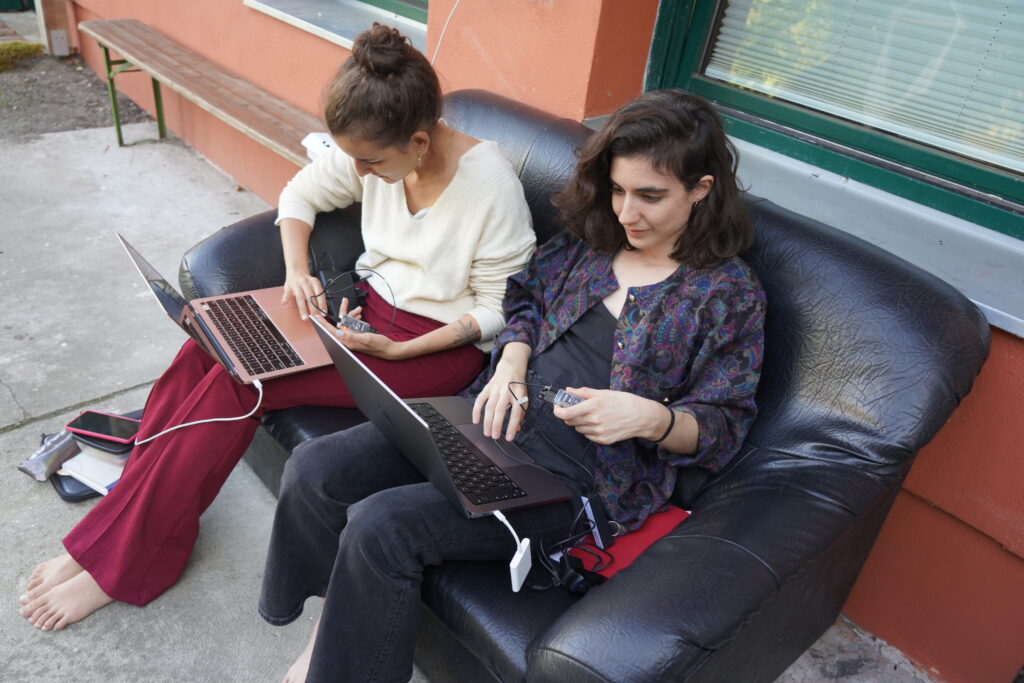

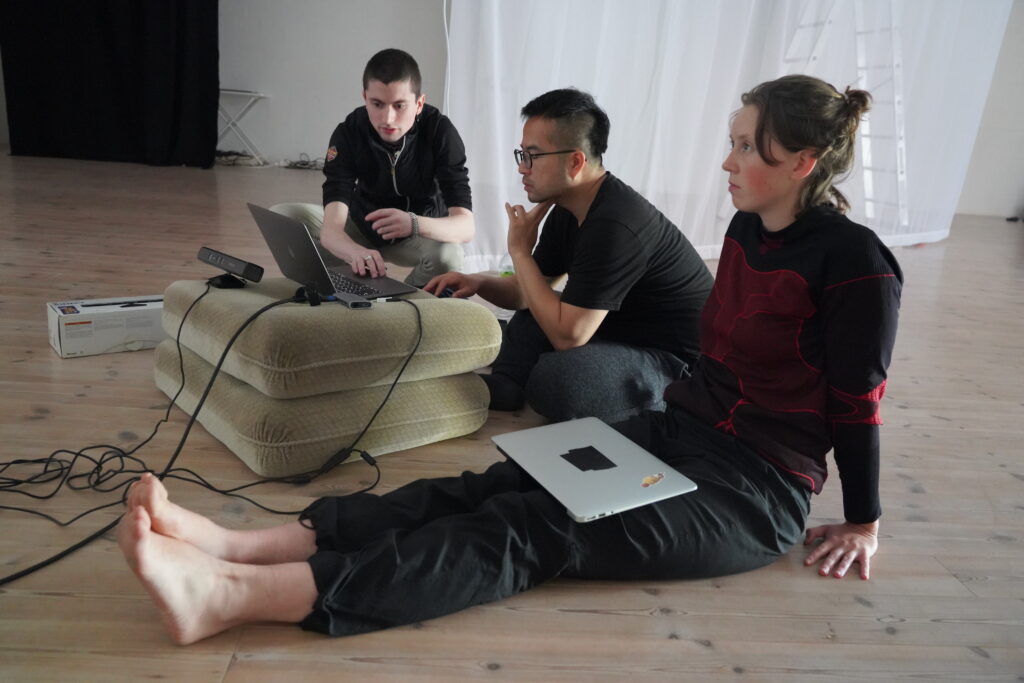
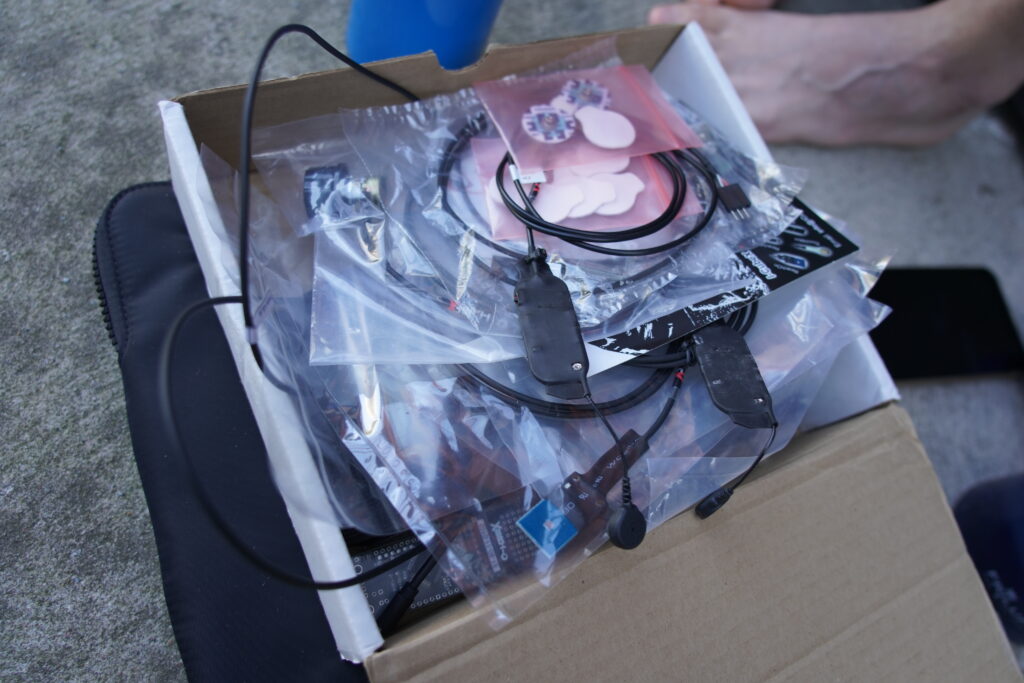
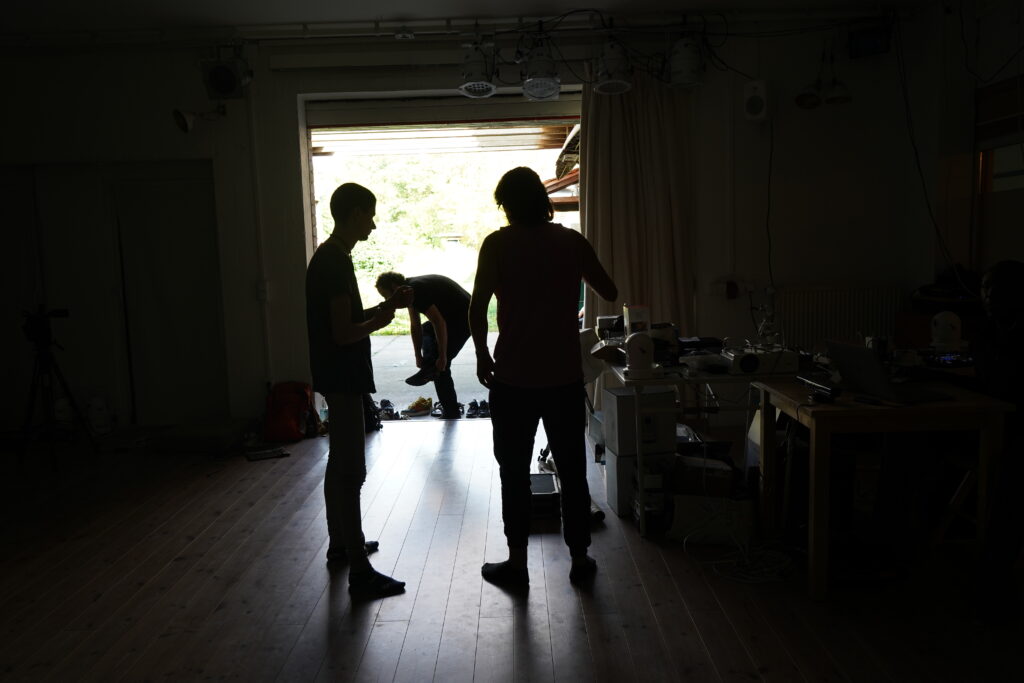
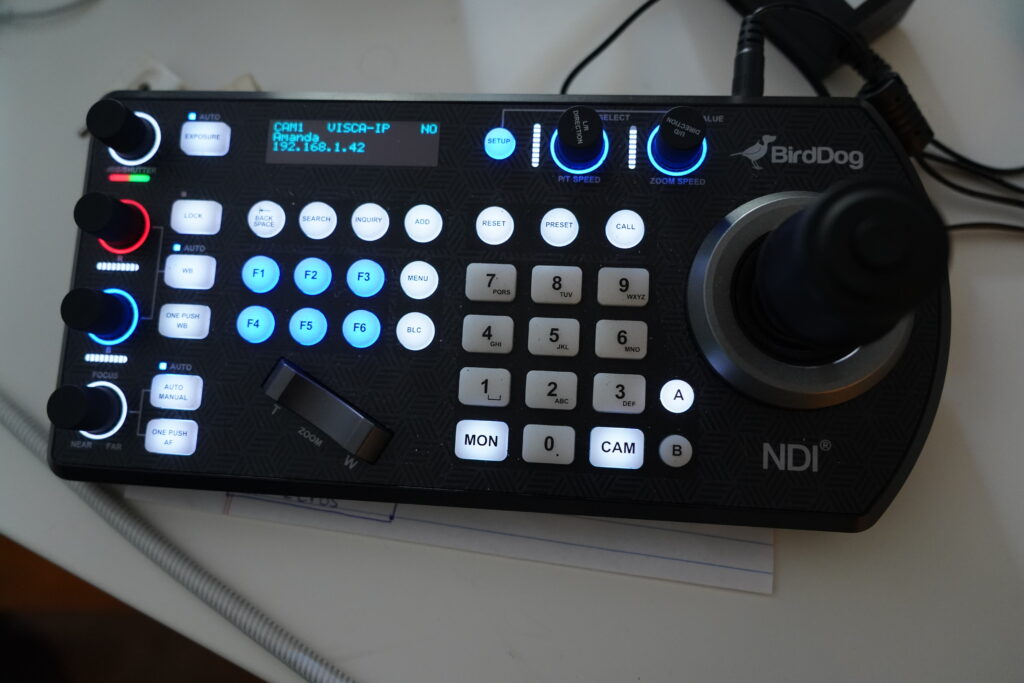
Read more about the Digital Body Residency here
